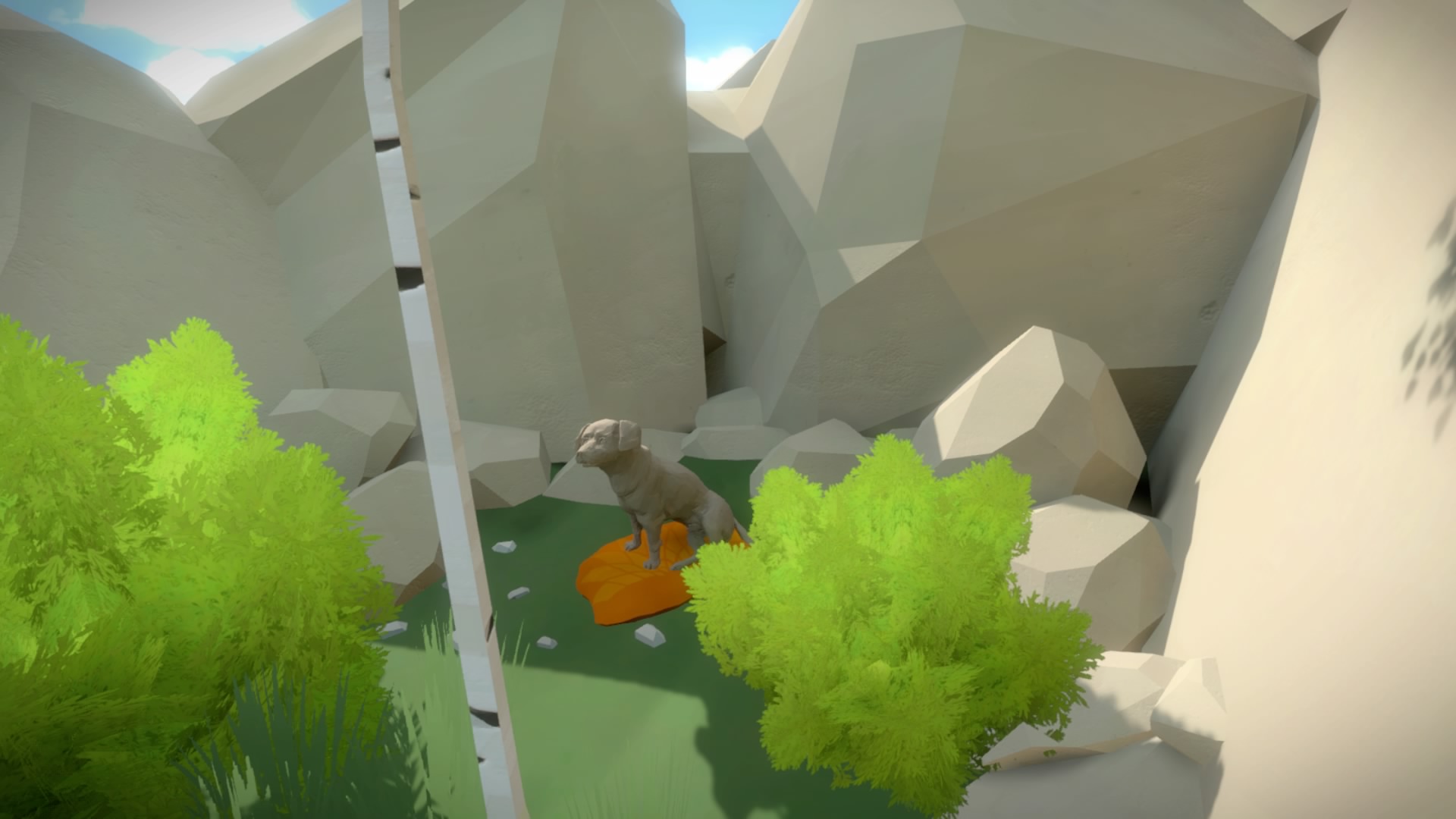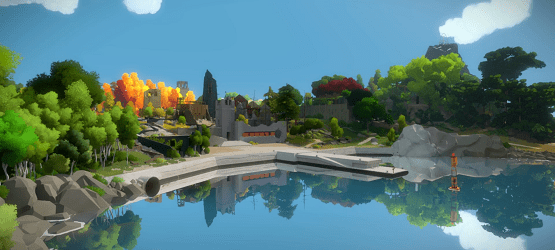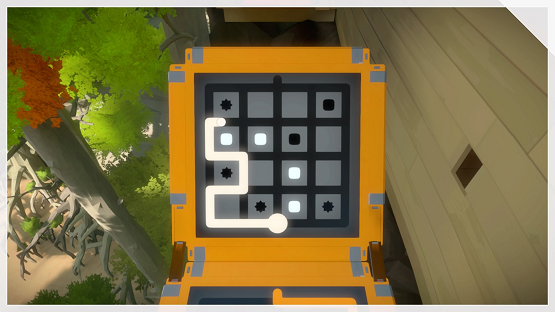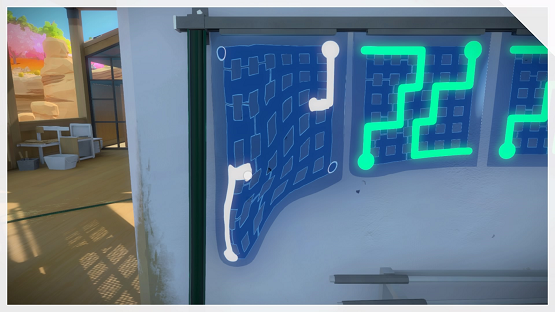For you and me, our worlds are completely different. We live in the same world, the same reality, but we have different lives, do different things, and see different people. Even two people in the same room don’t share the same perspective, and eventually their paths will part. We all see a small piece of the world at any given time, and even when we share our pieces of the world, we perceive it differently based on our own unique perspectives.
Imagine cramming that grand idea, that message of individual perception, into a digital experience, and you’ll understand the broad strokes for what Jonathan Blow was trying to do in making The Witness. There are plenty of other themes that present themselves throughout the journey on the painted island — nothing short of God, science, and other things that are sure to make you think about your place in universe — but the ever existent theme that keeps coming back, presented in puzzle after puzzle, is perspective.
The Rules of the Universe
Puzzle games are finicky. There needs to be an established set of rules for the world that the game is set in. What you can and cannot do, what is and is not fair game for any puzzle solution. Keep your rule set too ambiguous, and puzzles will frustrate the player. Overtly define your rules, and you’ve given away the solutions before you’ve even begun. This is where The Witness walks a perfect balance, slowly doling out and teaching unchanging rules that always apply in future puzzles, but never so obviously telling the player what those rules are.
With the entire island available for exploration, gaining an understanding of the rules and how they interact with each other is essential to unlocking the mysteries that the island holds. Puzzles mainly consist of panels that appear to have paths or mazes on them. Pressing X in the circular starting area will allow you to draw a line through the path to the end. Simple, right? Just wait.
From black and white squares, to stars, to differently sized dots in the path, the puzzles in The Witness grow in complexity, though the game never fails to effectively teach the rules. Regardless of how frustratingly impossible some of the puzzles seemed, I was able to make my way through and reach the end on my own. By remembering the rules — my past experiences on the island — I was able to push forward. Sometimes that knowledge wasn’t enough though, and a shift in perspective was required to obtain the solution. The island isn’t just home to these puzzles. It is a part of them.
Outside of each puzzle panel there’s a much larger picture. I can’t tell you more. I wish I could, and I desperately want to discuss the depth of the ciphers within The Witness, but for the sake of offering you an undiluted experience, I can’t. Perhaps a few months down the road, I’ll do a follow up piece discussing my deeper take on everything, but for now, I must remain as cryptic and ambiguous as the beautiful, yet mysterious island.
The Age of the Internet
There’s a sad truth, and it’s that most people who play The Witness will not get a pure experience. We live in a day when it is far too easy to get mildly frustrated after a couple of minutes trying and failing to solve a puzzle. It’s hard to say myself if I wouldn’t have given in to the temptation of checking a solution online if I hadn’t been playing before the official release. I did, however, have the help of another mind sitting on the couch next to me. The different perspectives helped us to work through many of the puzzles, but we were never handed the answers. There it is again. Perspective.
Within mere days of its release, there will probably be full guides all over the internet showing every nook and cranny of the island, every secret, and every solution. It’s the downfall of every puzzle game with a set answer for each puzzle. Fortunately, each answer felt rewarding. Each discovery felt like it had meaning. No solution felt random or cheap. Everything followed the rules.
Finishing the game without the ability to use any guides was a rewarding experience and each step I took on that island reminded me of something from my childhood. Another mysterious island. Another near perfect puzzle game, the likes of which I haven’t experienced in over 20 years: Myst.
I can’t believe that I made it 600 words in before mentioning Myst. I had thought the comparison would come through in the first couple of sentences, but I managed to suppress the nostalgia I have for this game to give The Witness a chance to shine its own light. In truth, there aren’t too many similarities between the two games. The puzzles are entirely different, Myst’s narrative was far more direct than The Witness, and the aesthetics are completely contrasting. But there’s the notebook.
Keeping a Journal
Every copy of Myst came bundled with a book titled The Journal of Myst. Aside from a small forward urging players to keep a record of things they find, the book was blank . Without any kind of inventory or record keeping system in game, it was up to the player to keep a record of everything. I don’t have that journal anymore, but if I did, I imagine that it would look quite a bit like the notebook that I kept for solving The Witness’ puzzles. Random scribblings, grids, lines going this way and that. Shorthand notes to help me remember the rules I had discovered.
The modern era of gaming has done away with that kind of tactile connection to a digital experience. Everything is either stored within the game or freely available on the internet. The Witness uses an asset long available but largely forgotten to most developers: the player’s mind. It requires discovery, perception, and real power of the mind, something decidedly missing from modern gaming as we gain more and more technological capability. This primordial approach is both The Witness‘ biggest asset, and what will inevitably turn some players away.
In addition to the ambiguity driving some potential players away, there’s also the higher price point for a downloadable indie title. I have already been playing for well over 20 hours and am still discovering the island’s secrets. Your own ascribed value may or may not match up, but don’t let the “indie” tag on The Witness be the thing to push you away. I’ve played far worse and less engrossing full priced AAA titles.
I realize that I’ve written a lot about The Witness, seemingly without saying much about it at all. That’s for the best. I can’t say much about it, and I certainly can’t go into detail. It’s a brilliant, beautiful, masterfully crafted work, and the more you discover, the more apparent it is.
At least, that’s how I see it from my perspective.
The Witness review copy provided by developer. For more information on scoring please see our Review Policy here.
-
Beautiful painted aesthetic
-
Perfectly paced, brilliant puzzles
-
Follows its own established rules
-
Deep themes of human perception
-
Ambiguity may turn some away
-
Temptation to look up difficult puzzle solutions
The Witness Review Gallery
-
The Witness
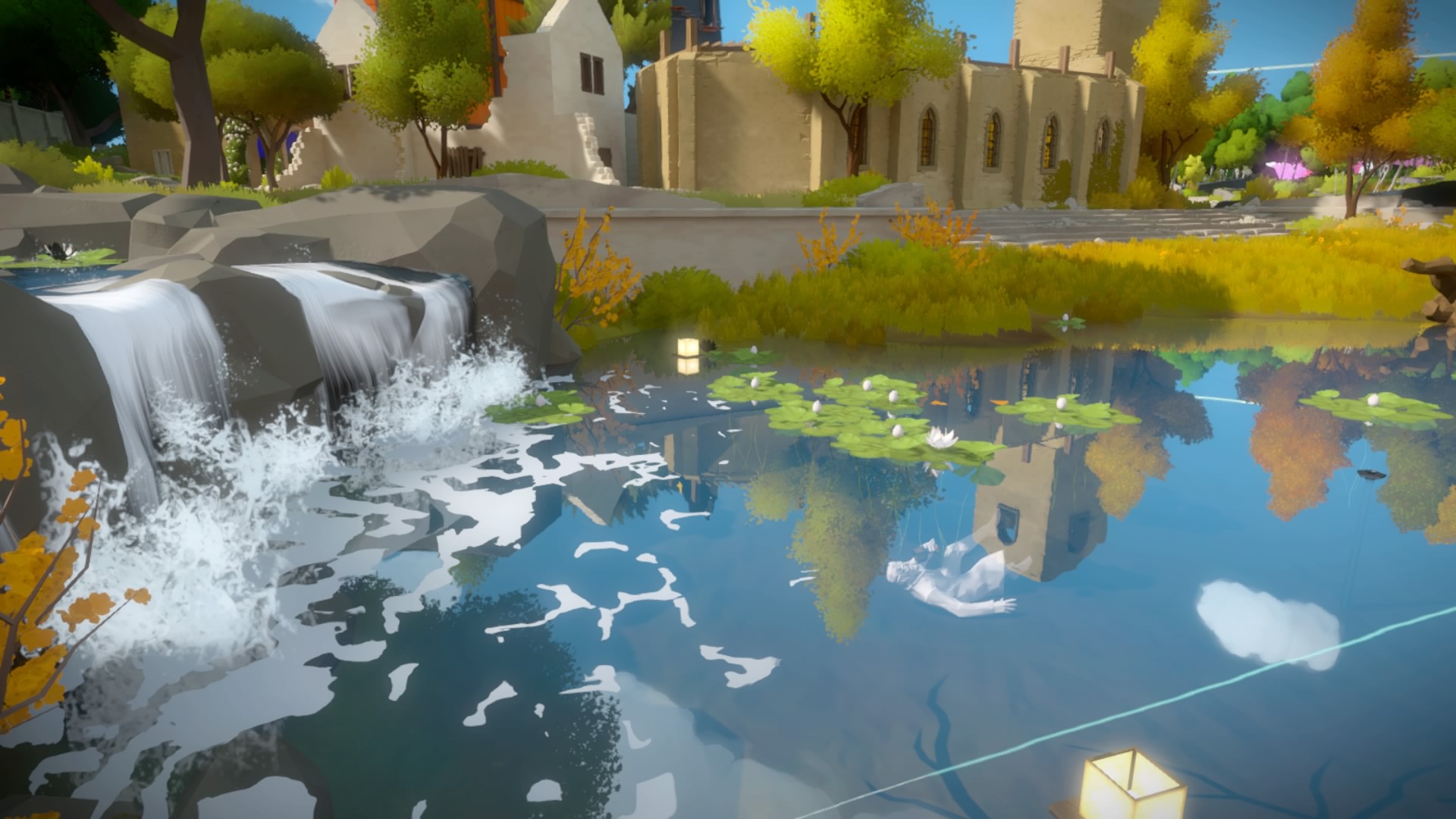
-
The Witness
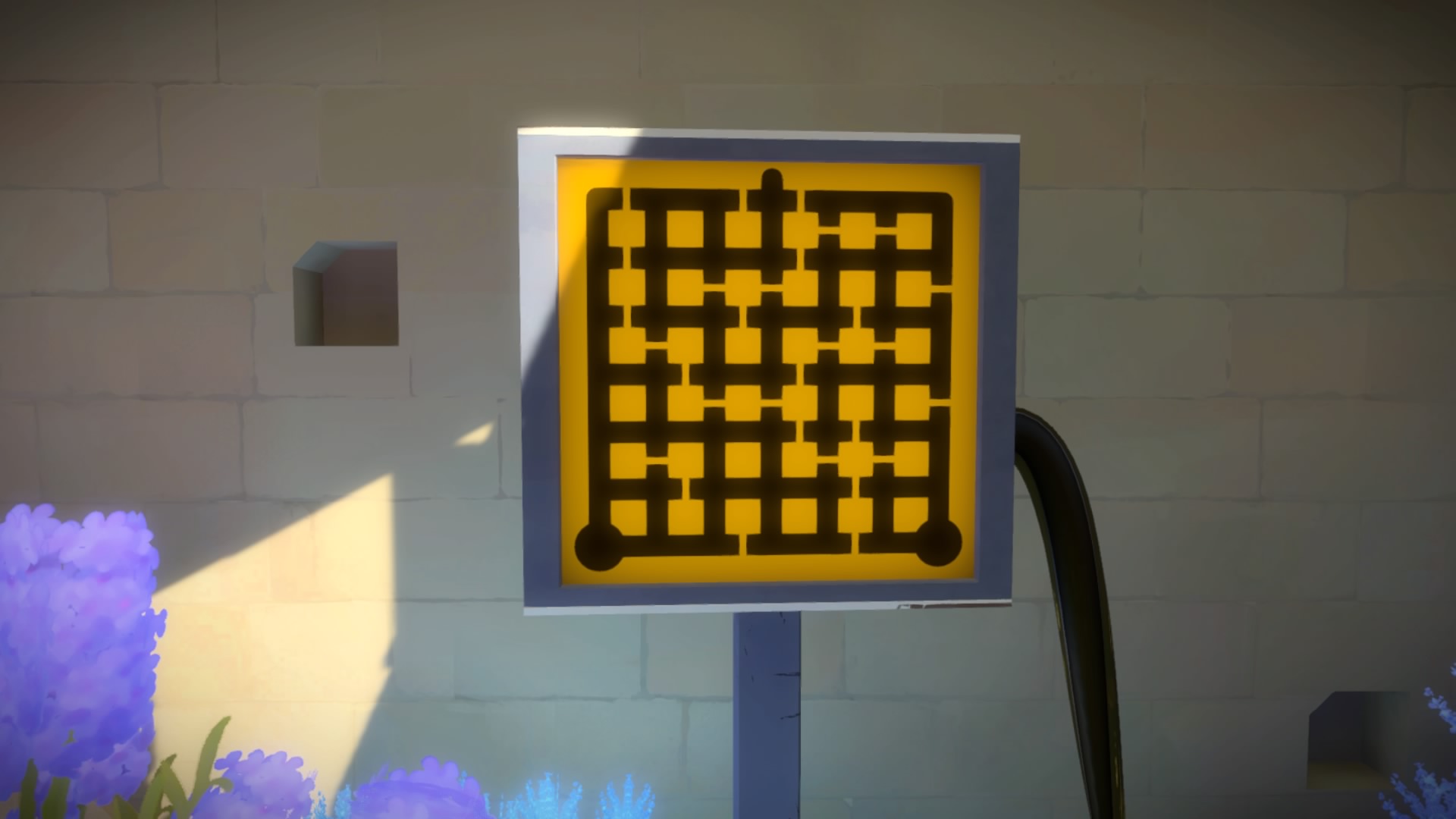
-
The Witness
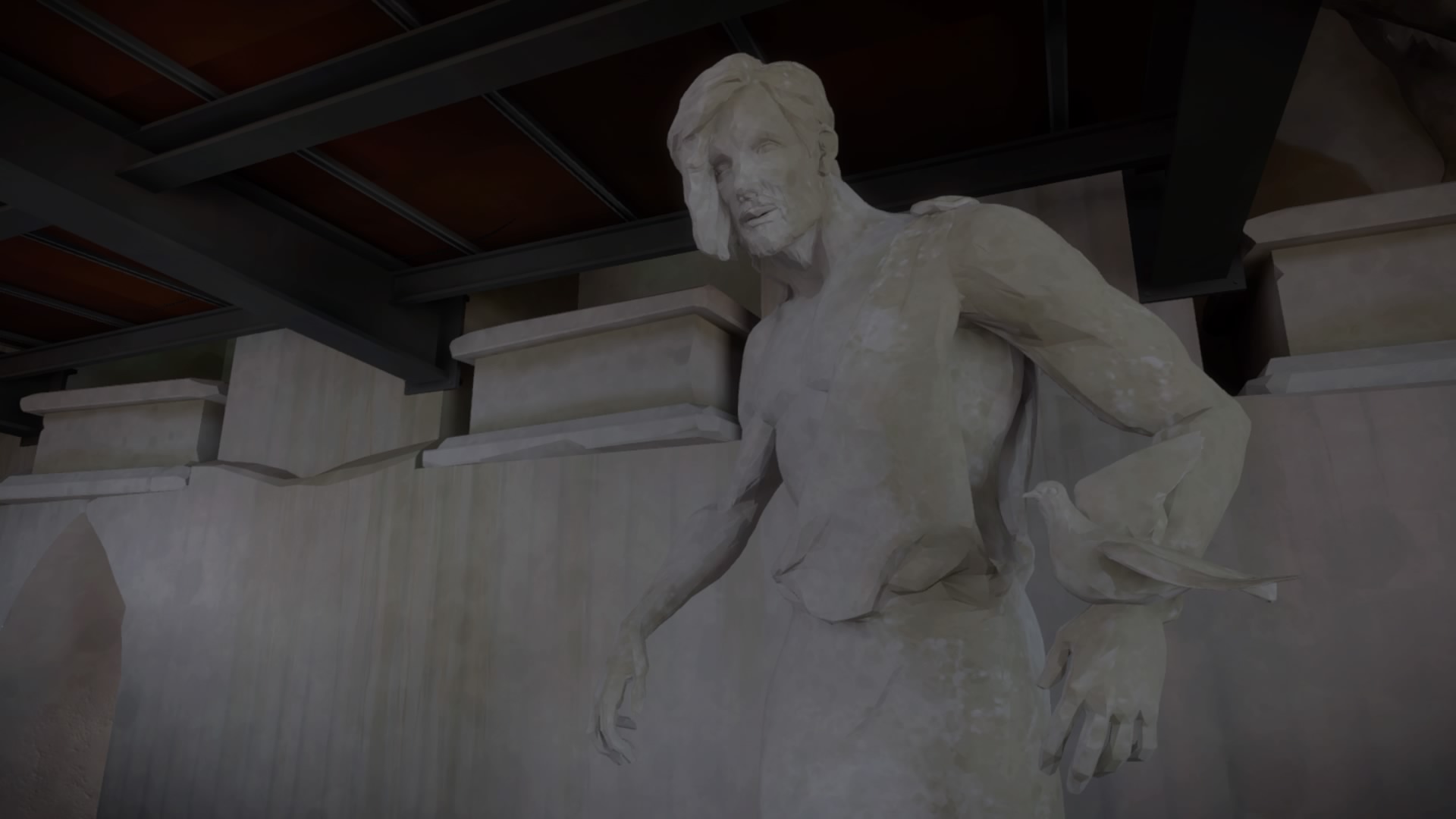
-
The Witness

-
The Witness
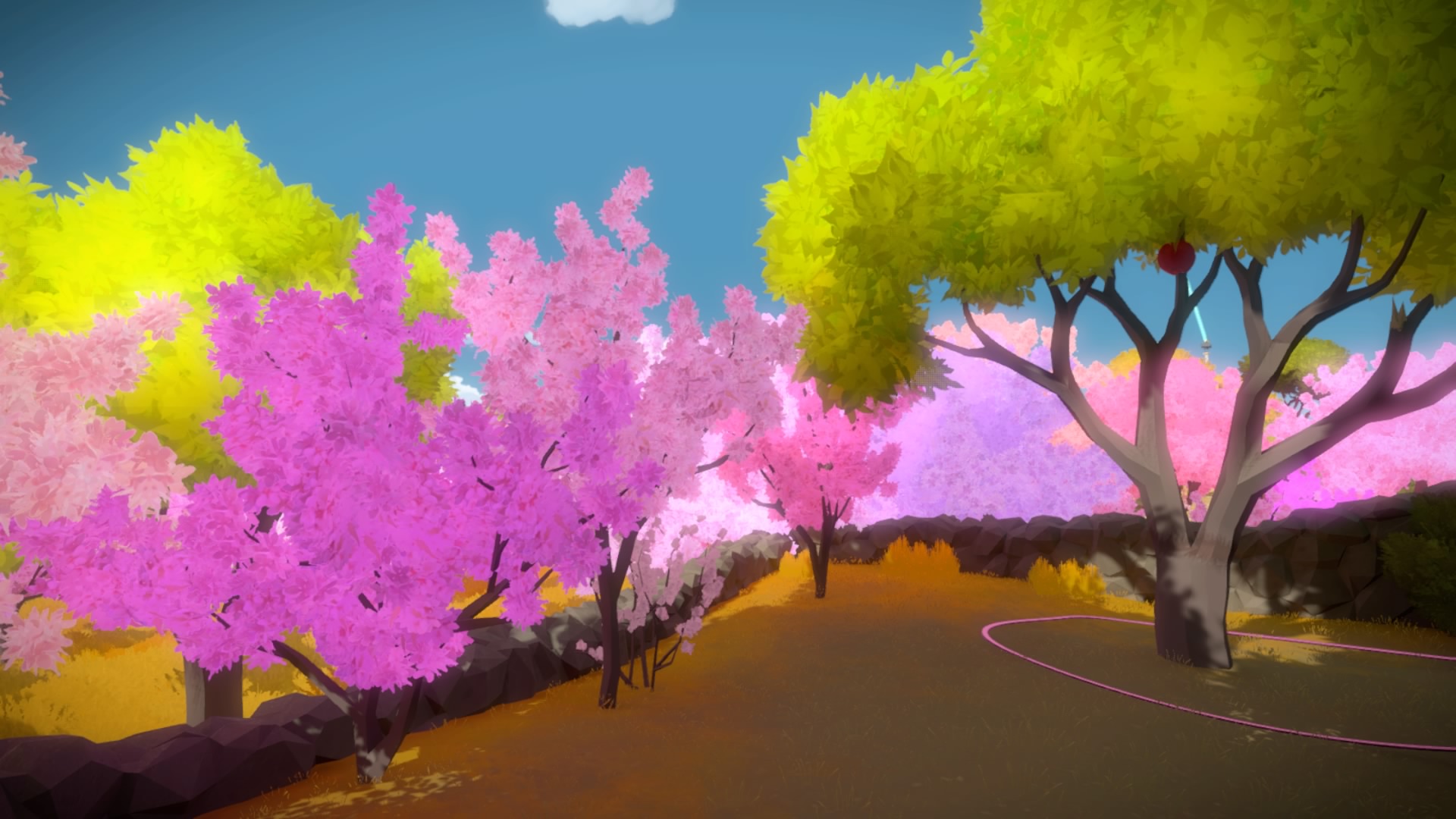
-
The Witness
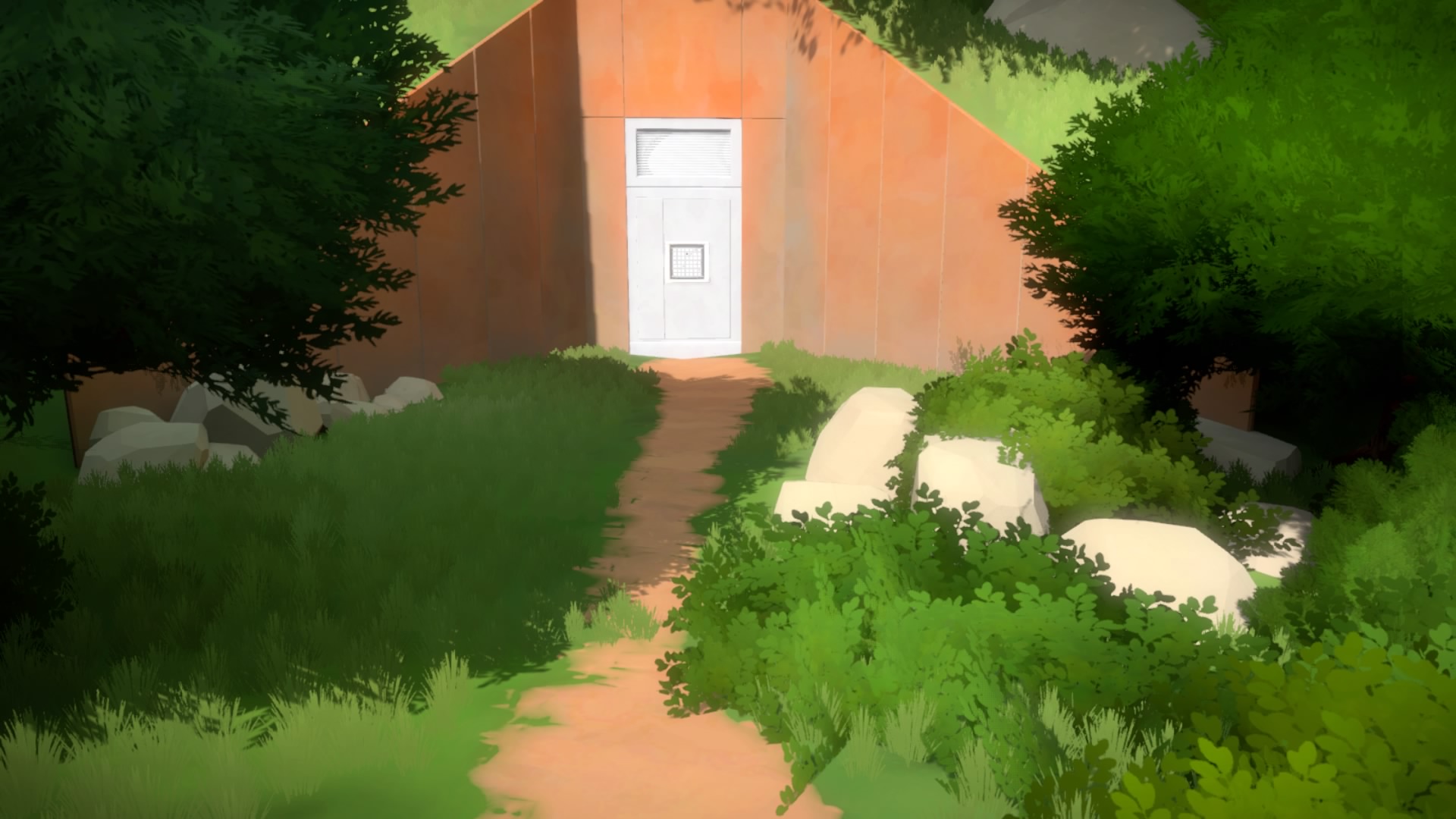
-
The Witness
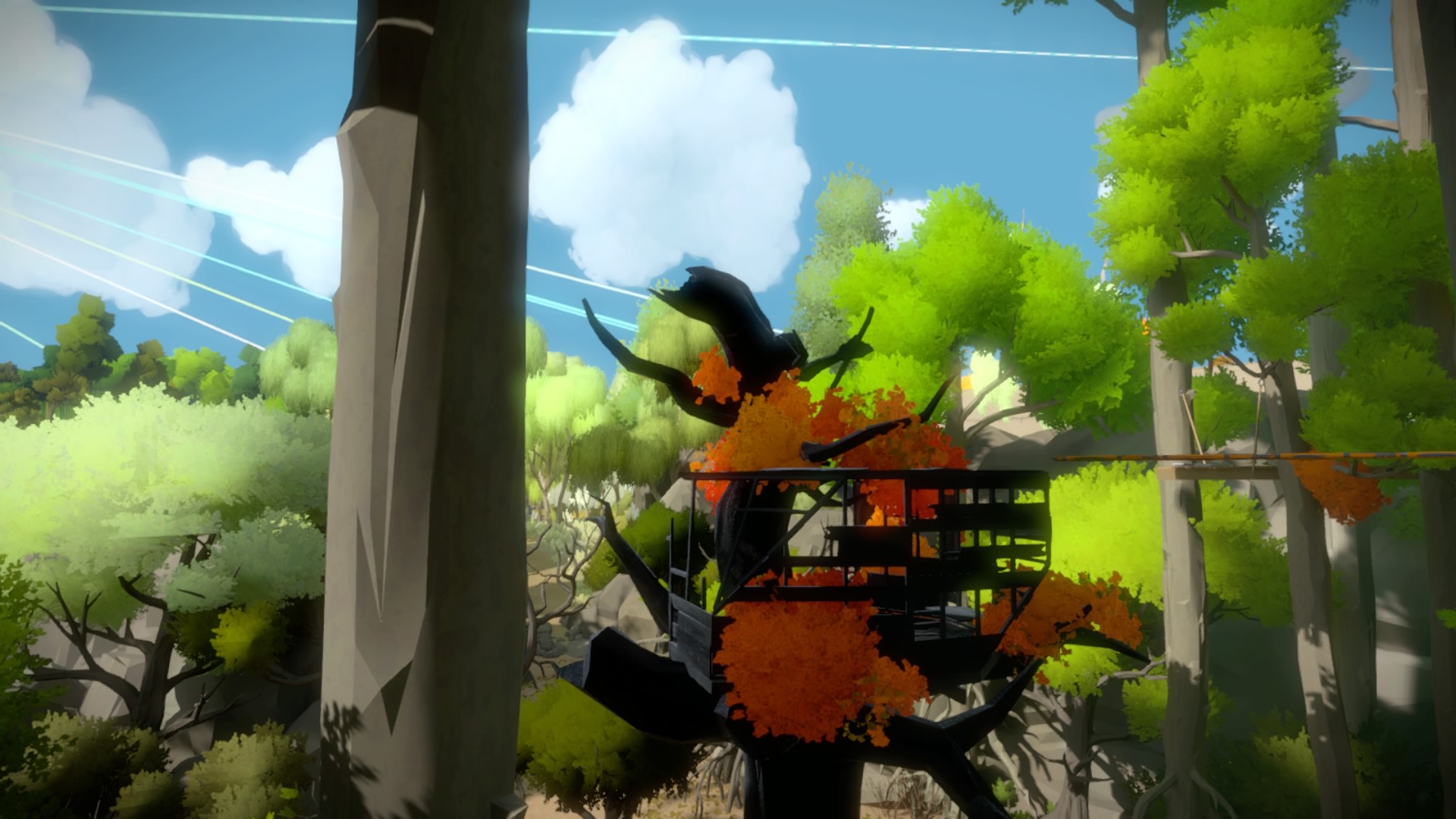
-
The Witness
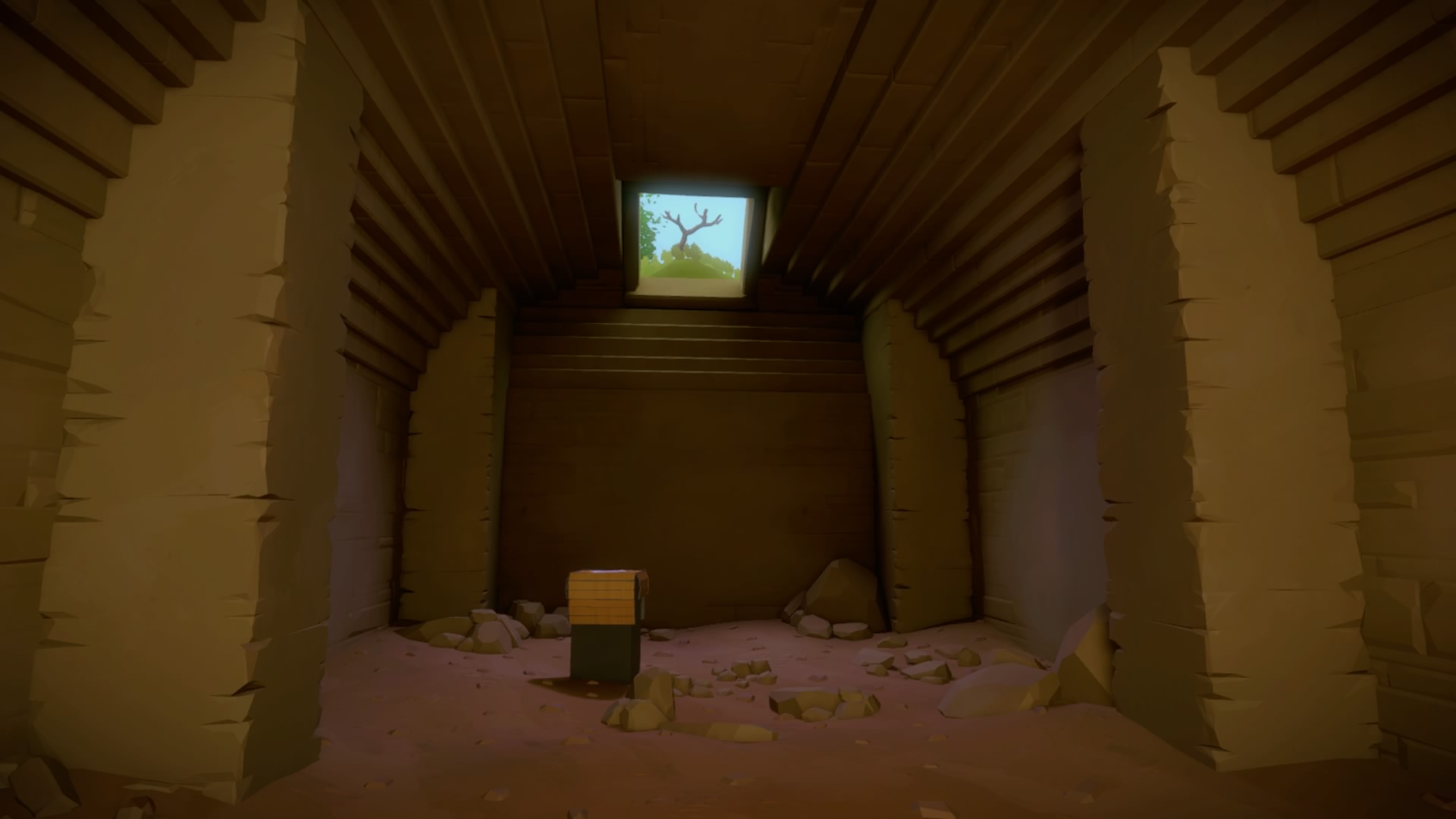
-
The Witness
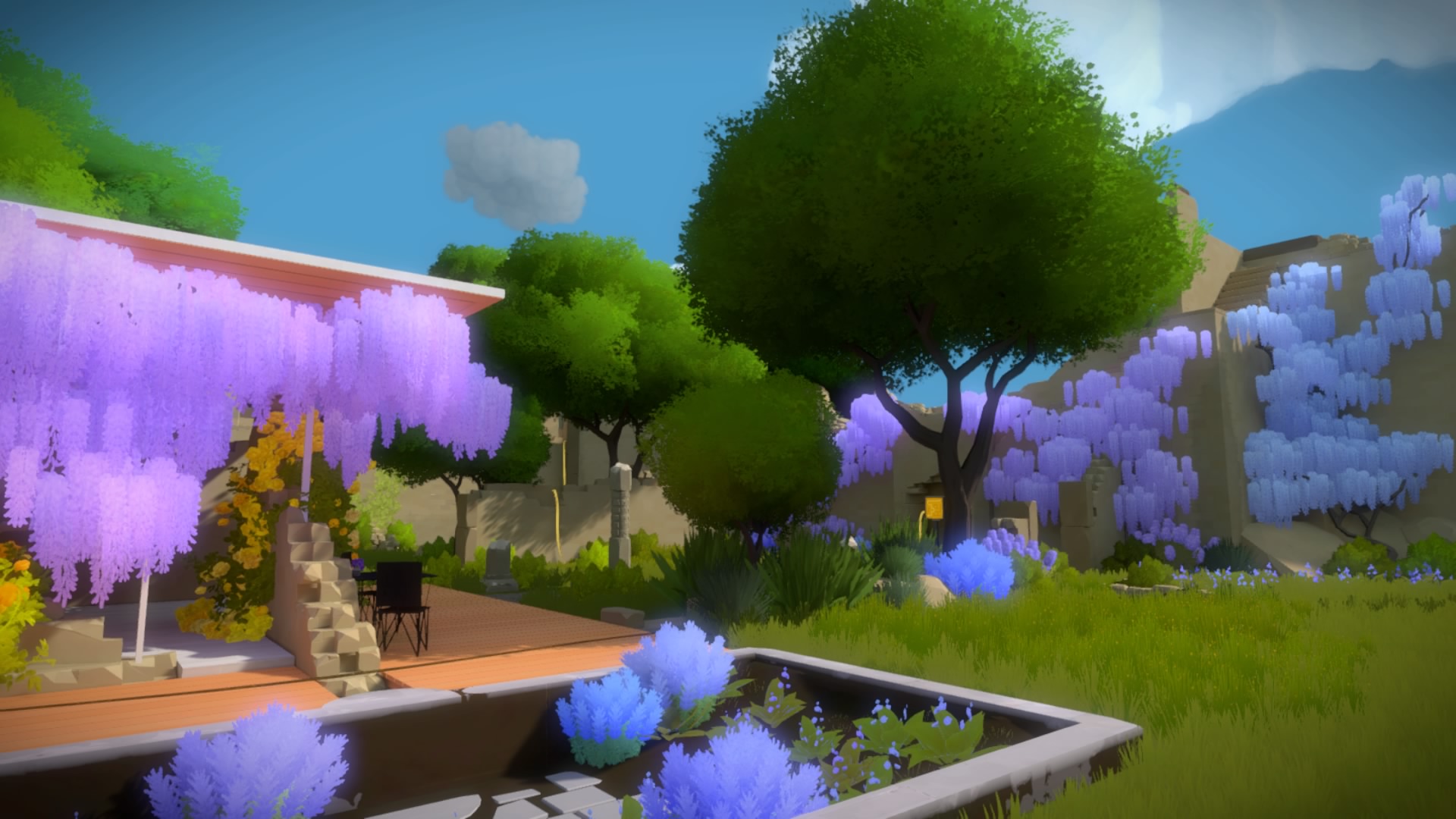
-
The Witness
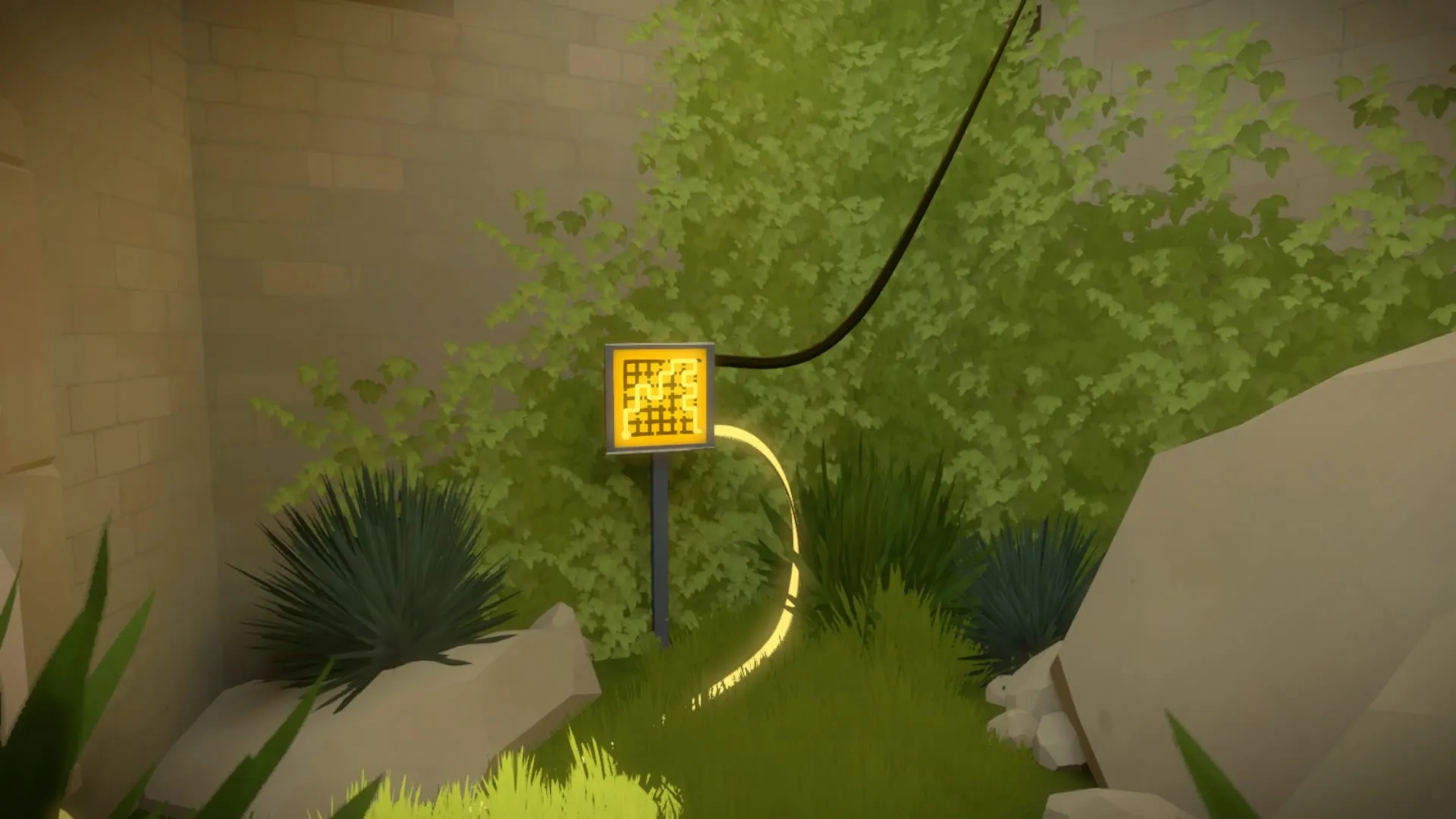
-
The Witness
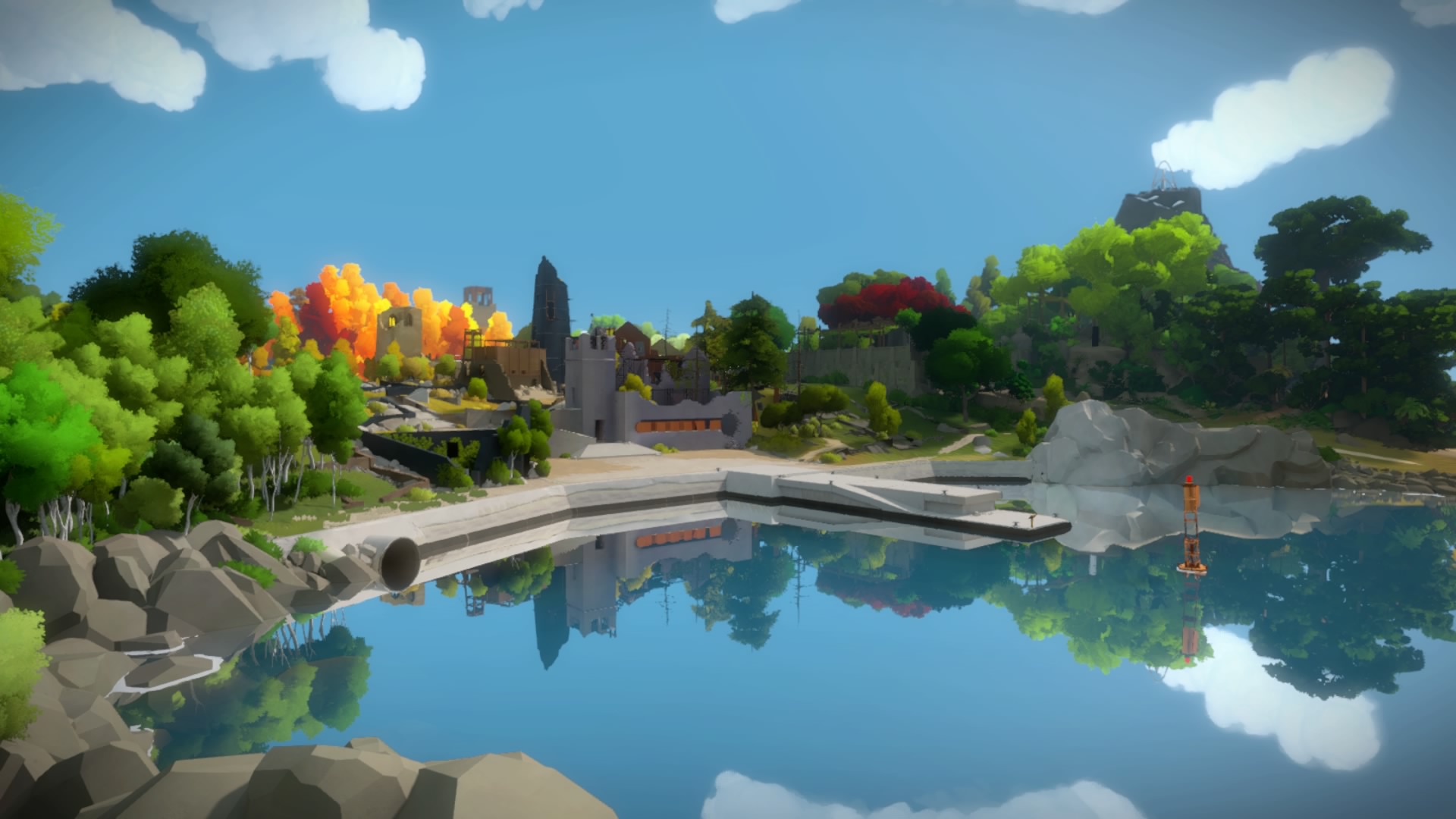
-
The Witness

-
The Witness

-
The Witness
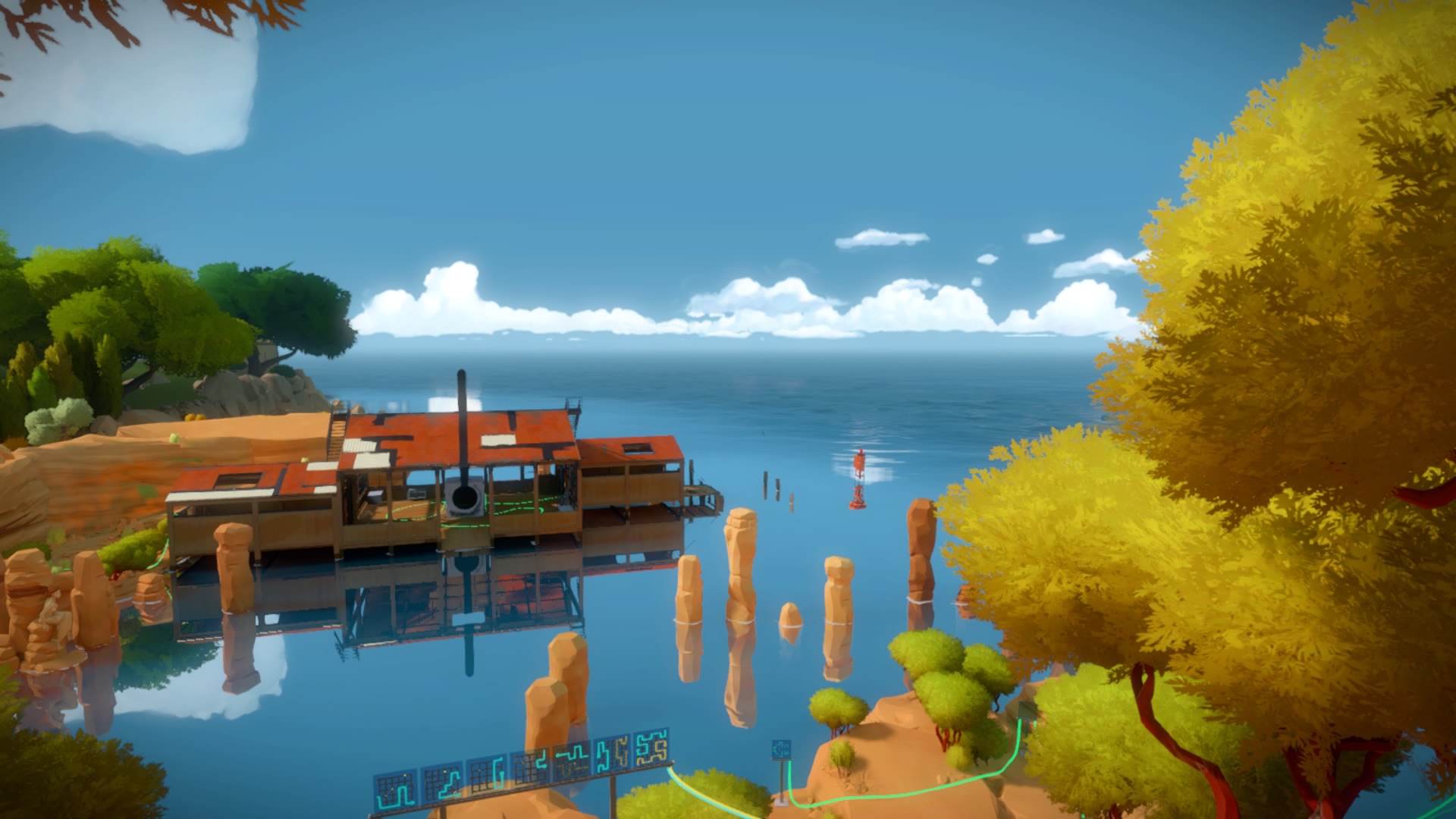
-
The Witness
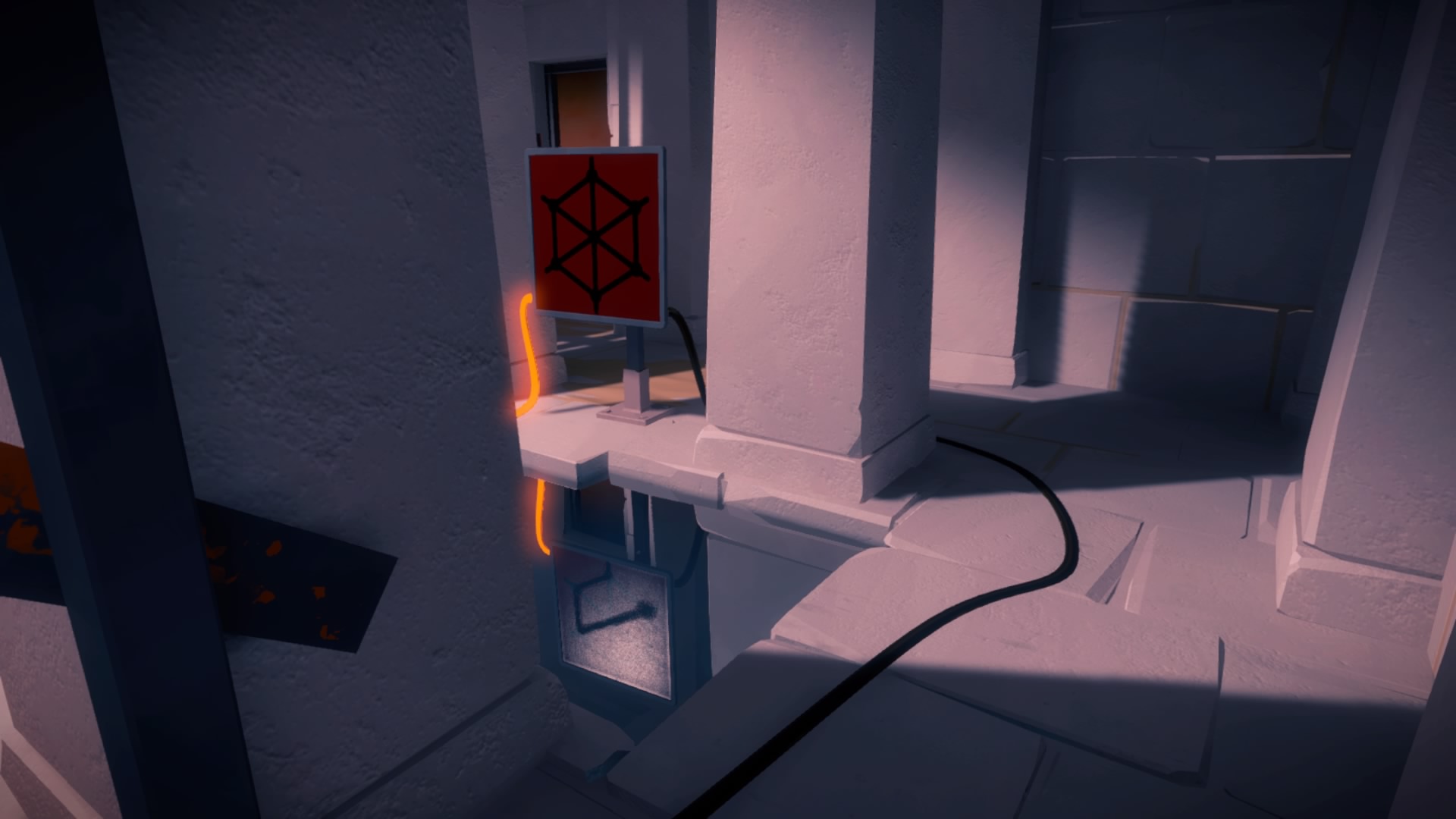
-
The Witness
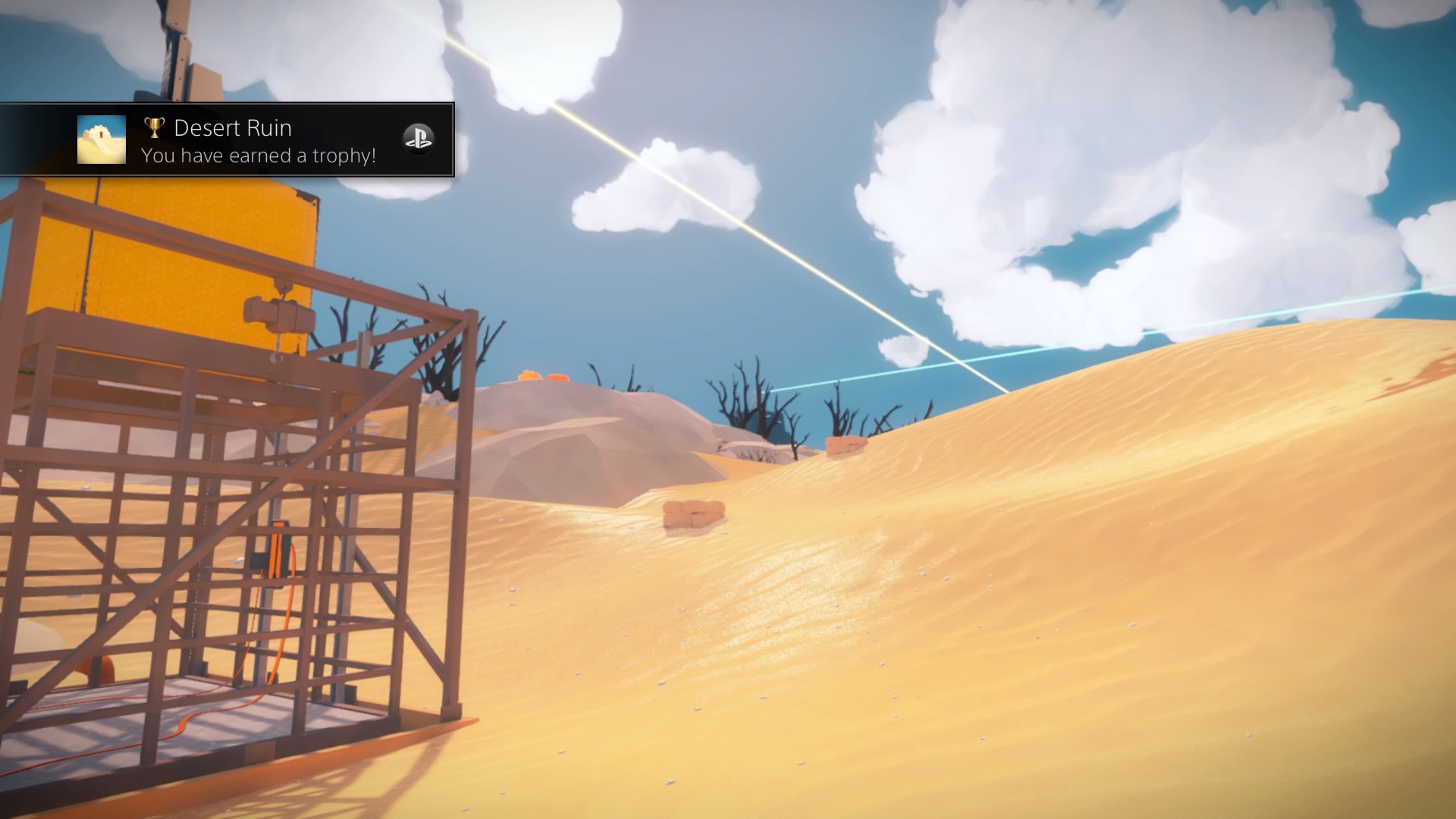
-
The Witness
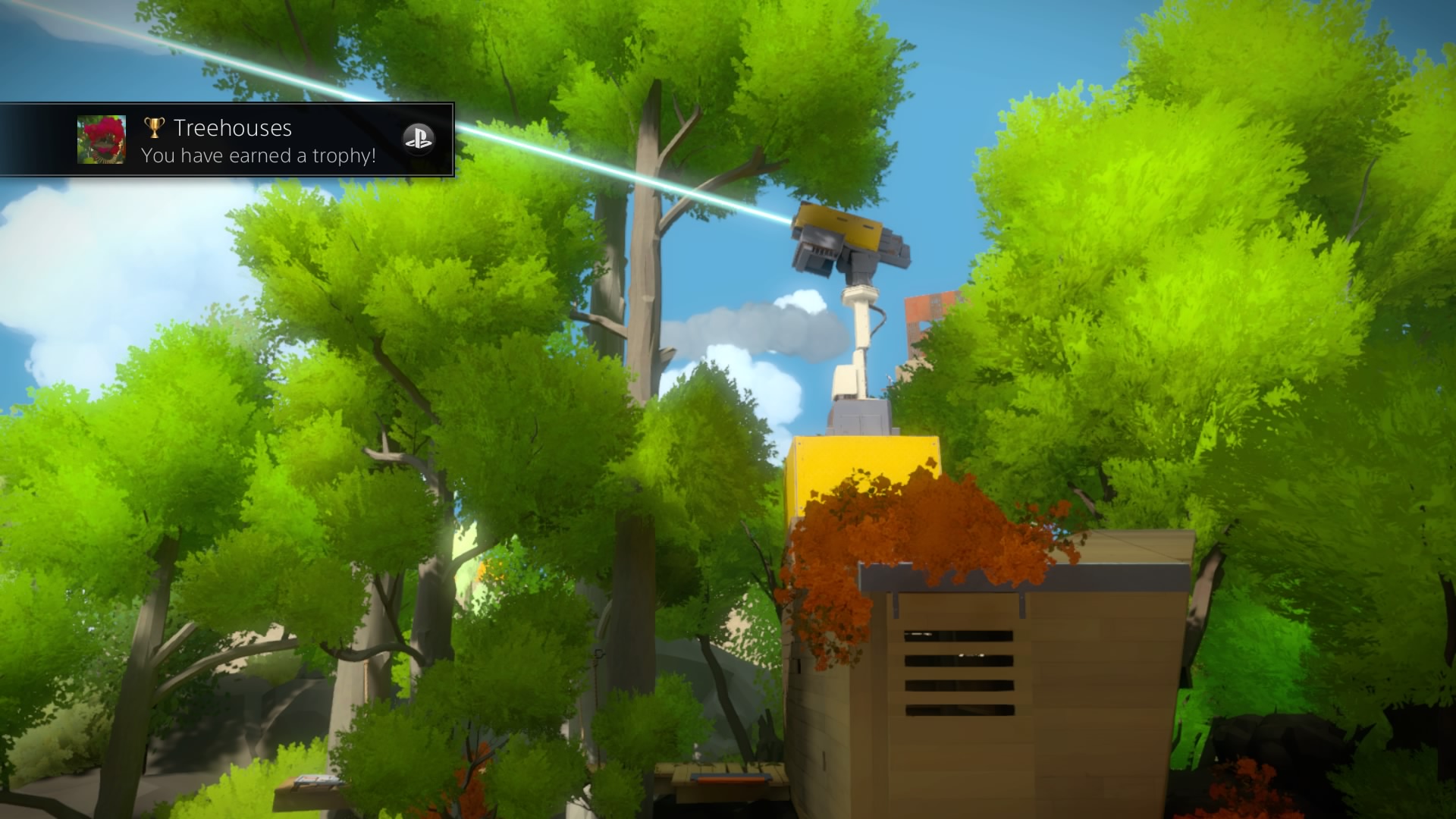
-
The Witness
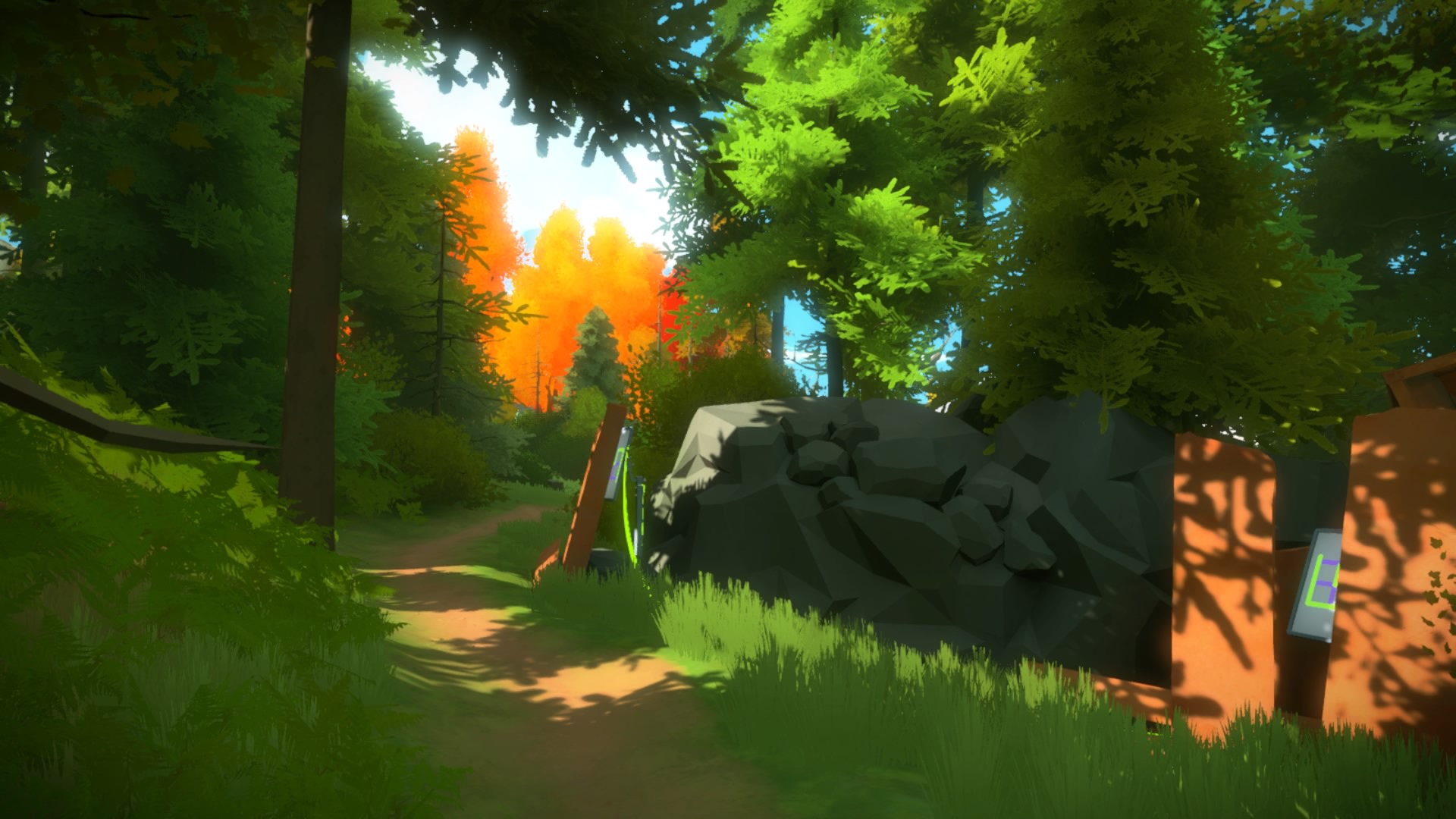
-
The Witness
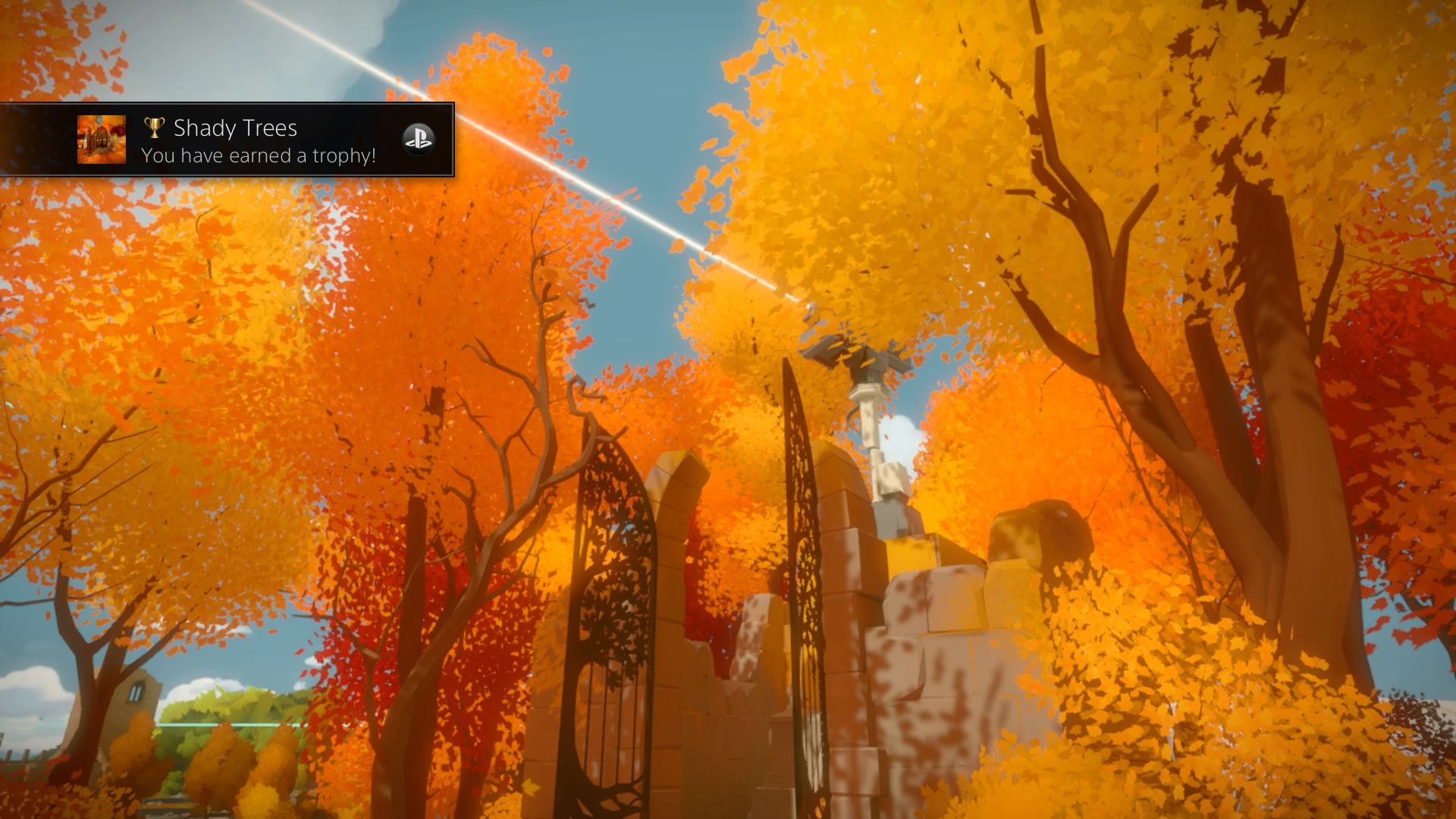
-
The Witness
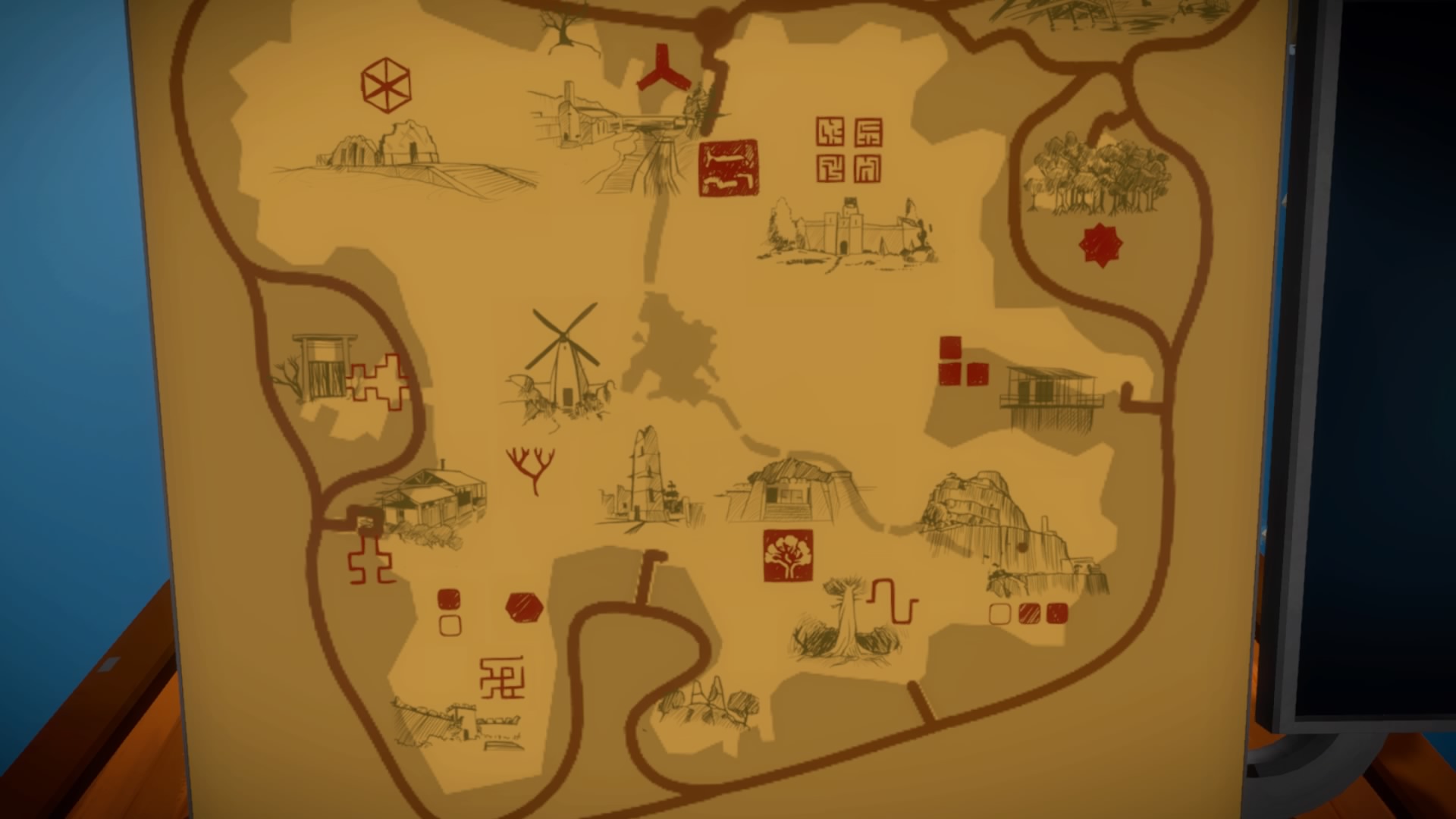
-
The Witness
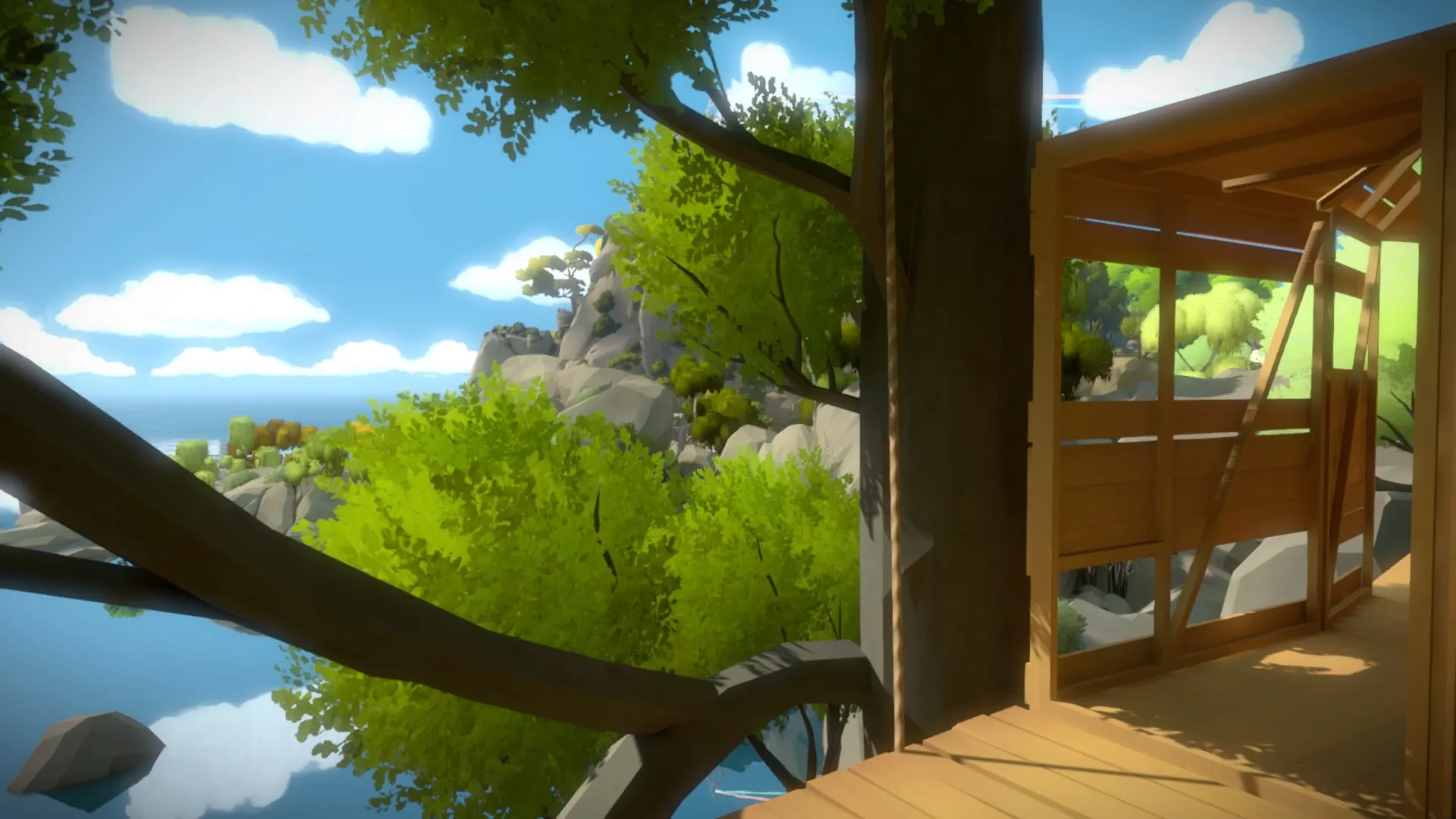
-
The Witness

-
The Witness

-
The Witness
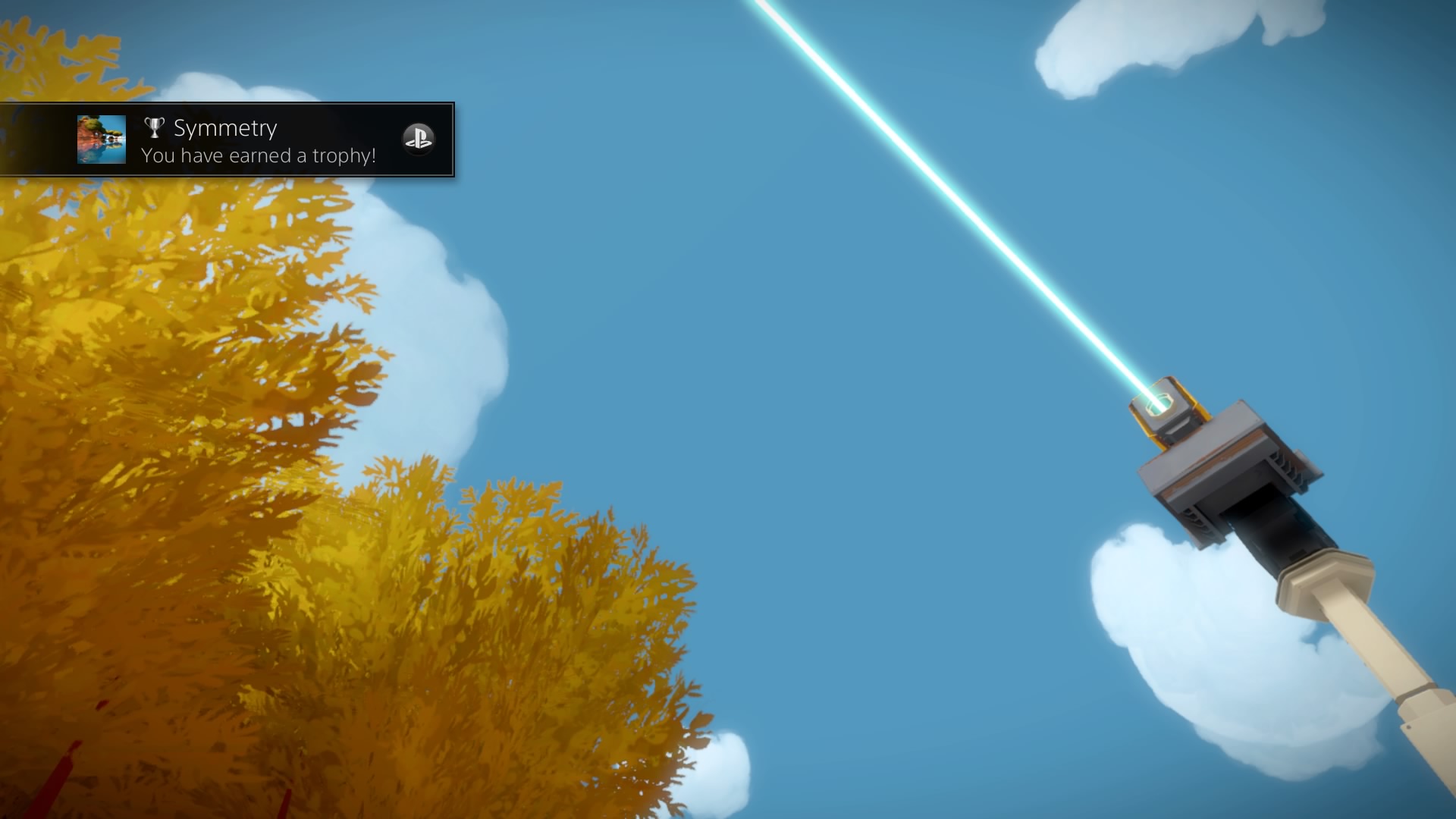
-
The Witness
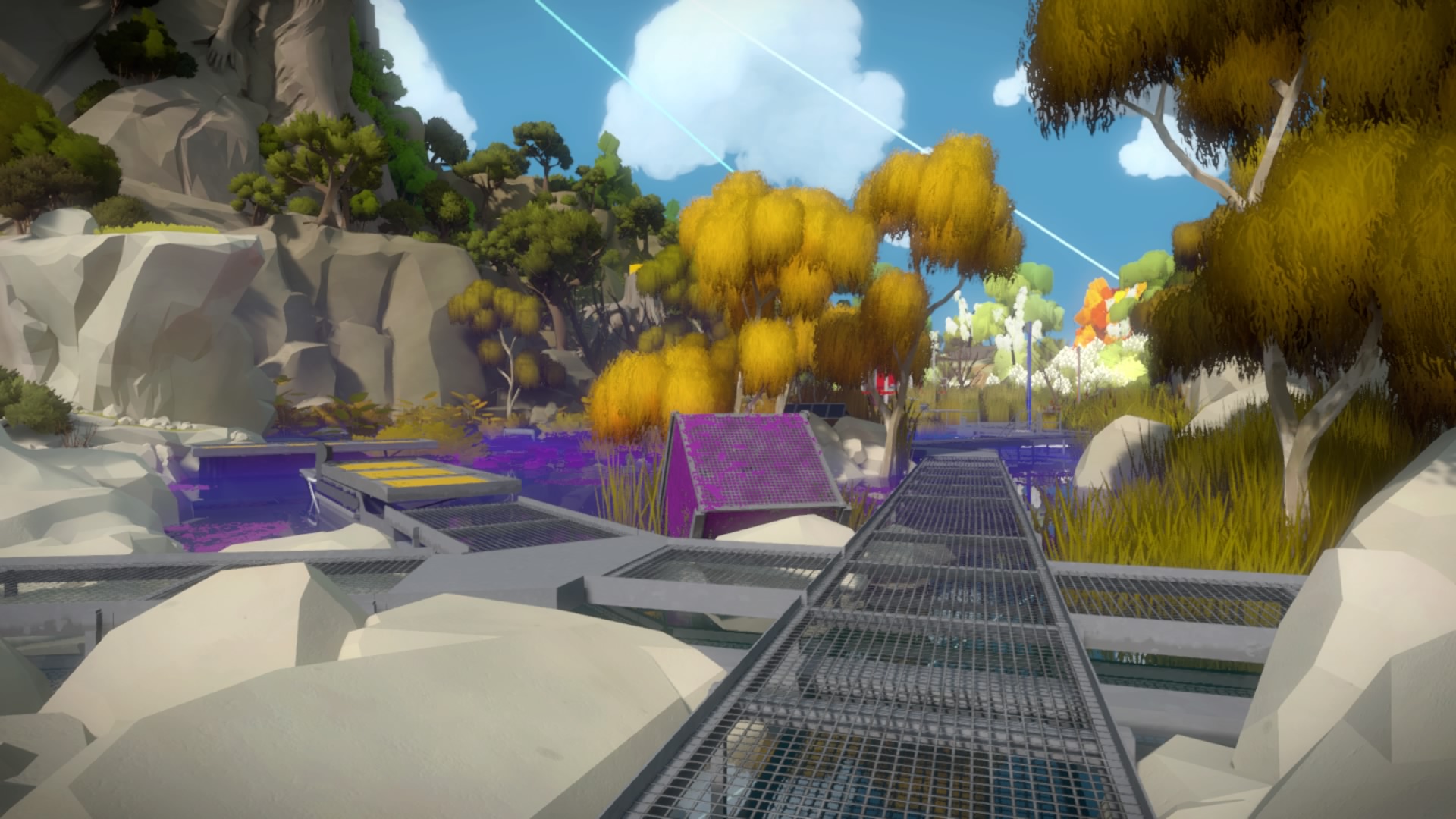
-
The Witness
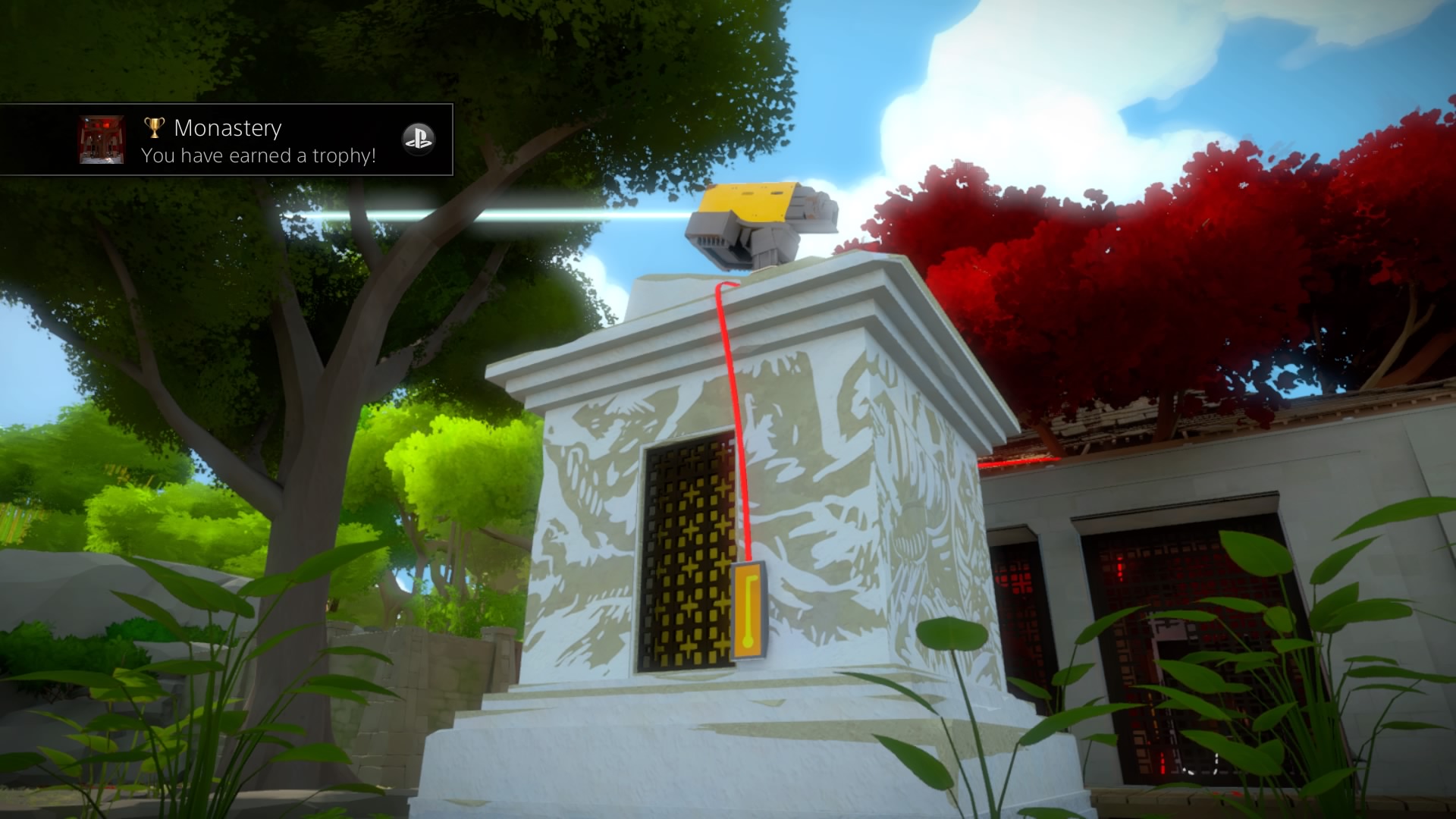
-
The Witness
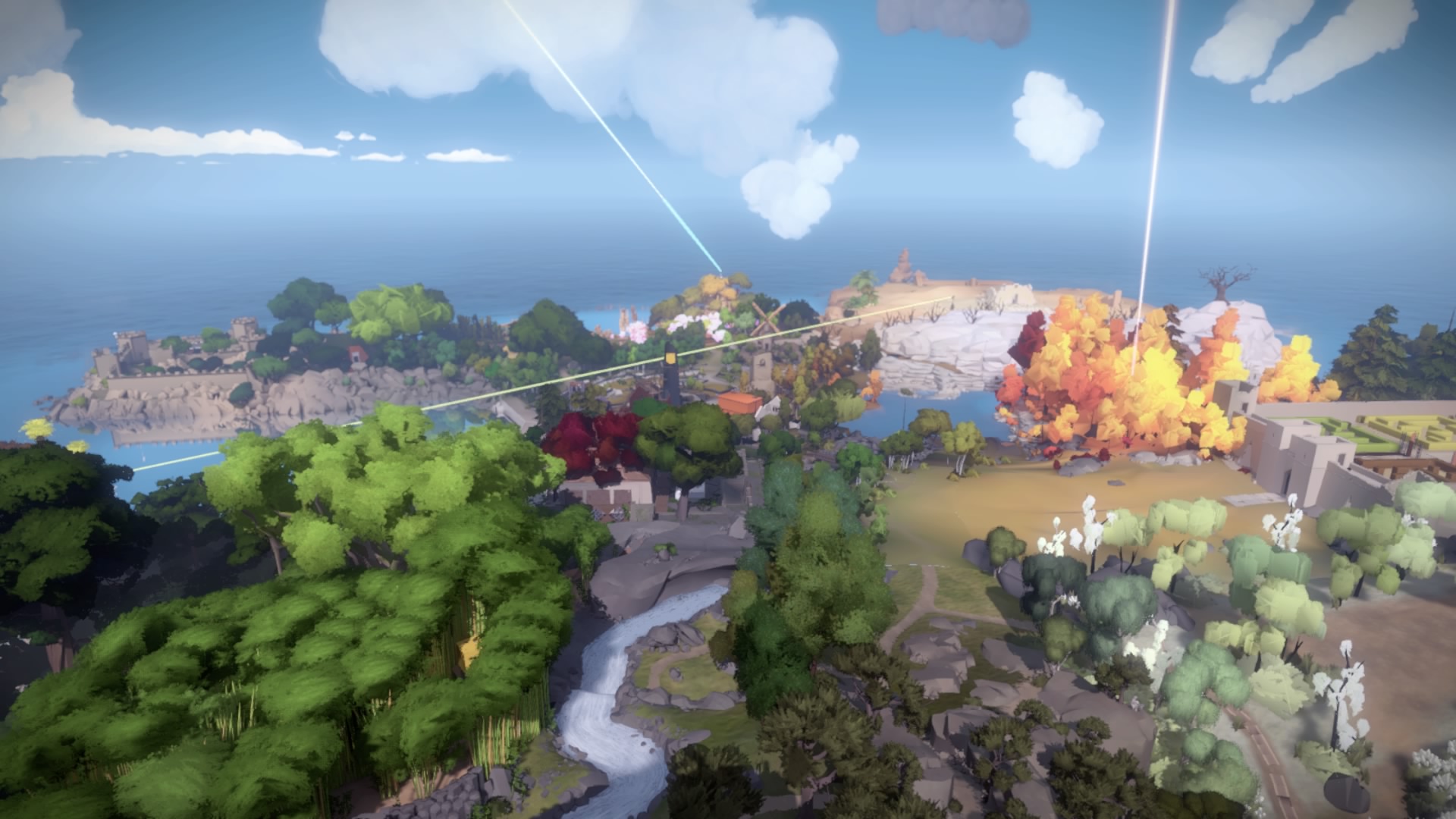
-
The Witness
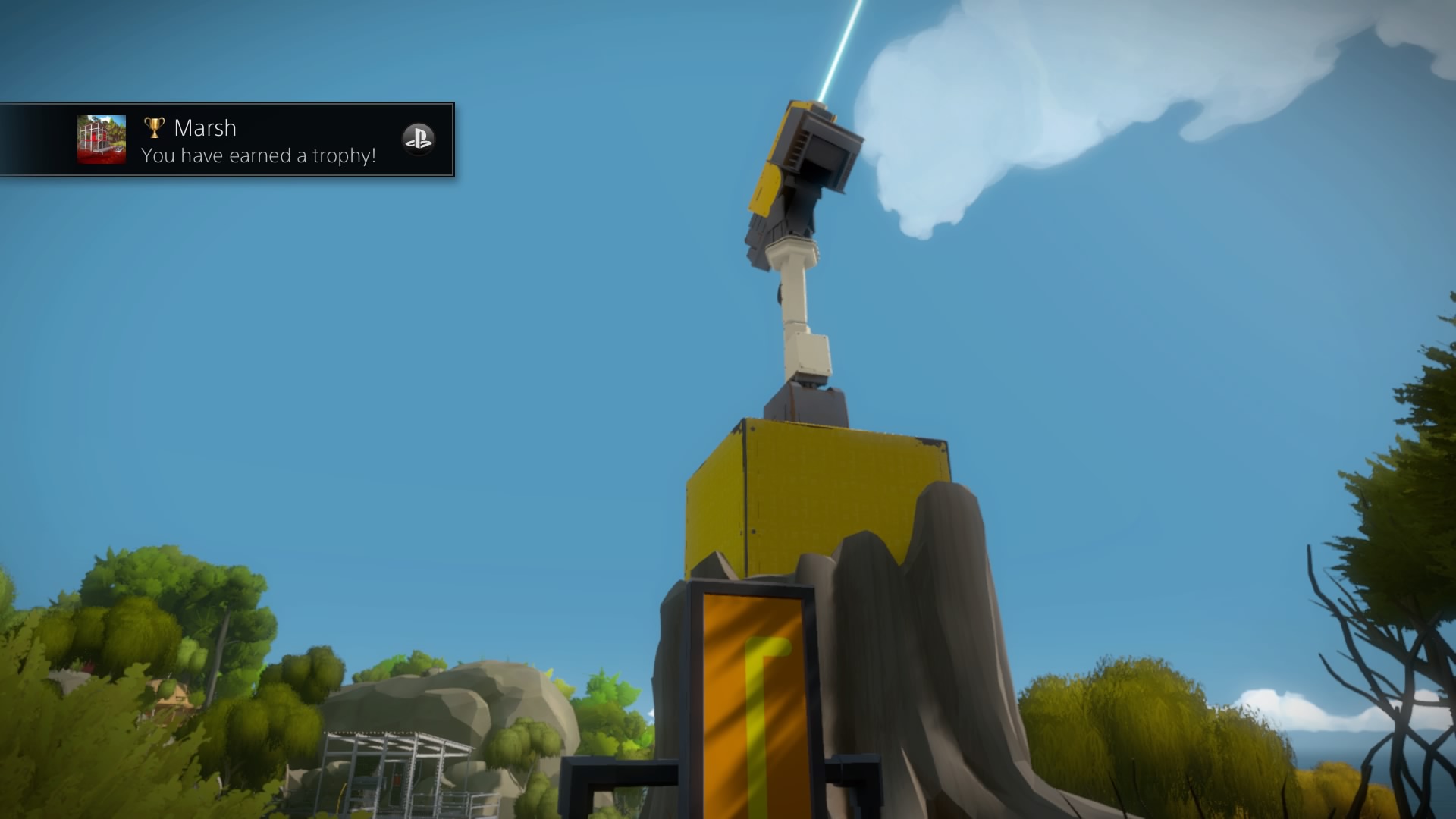
-
The Witness
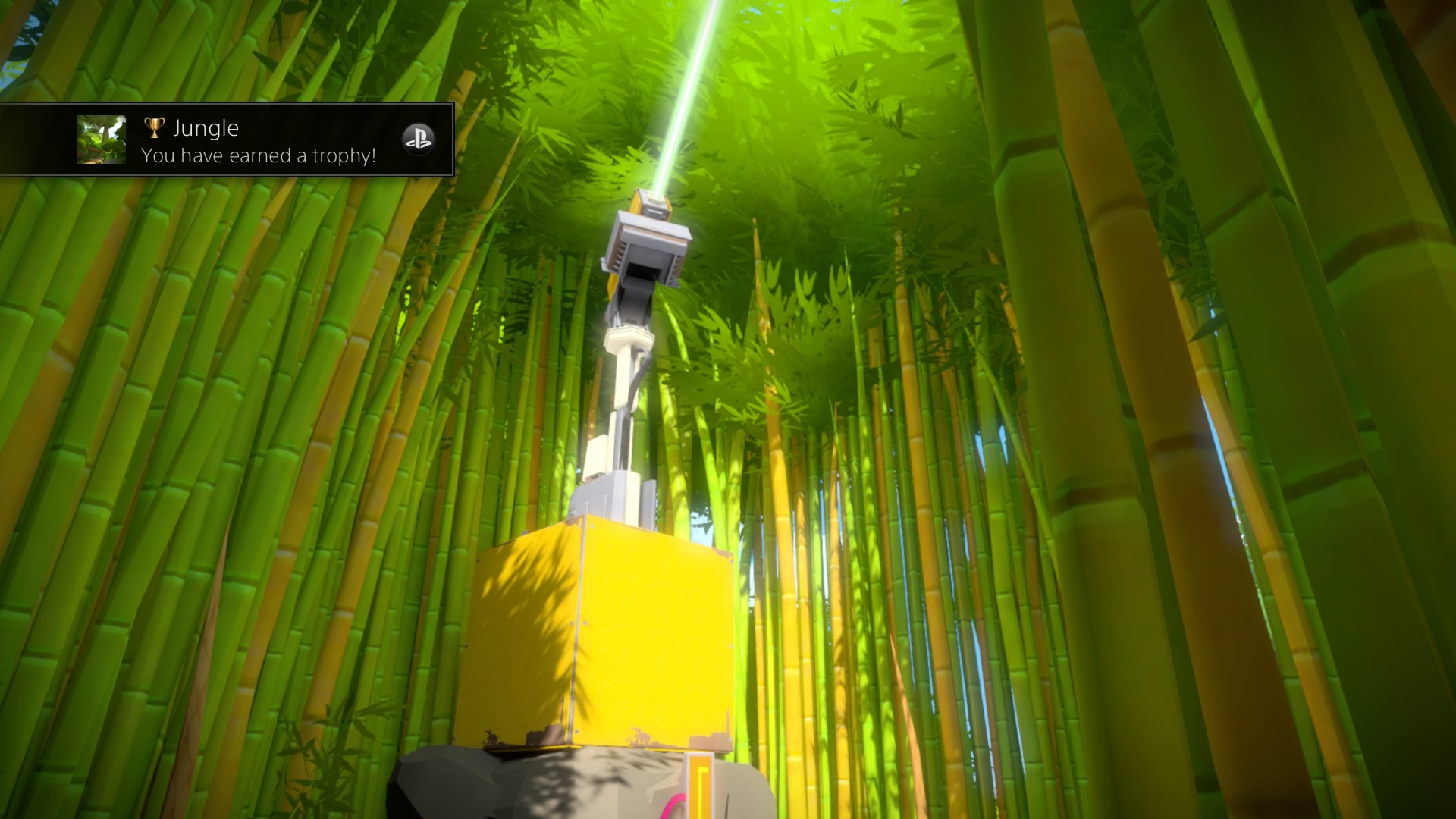
-
The Witness
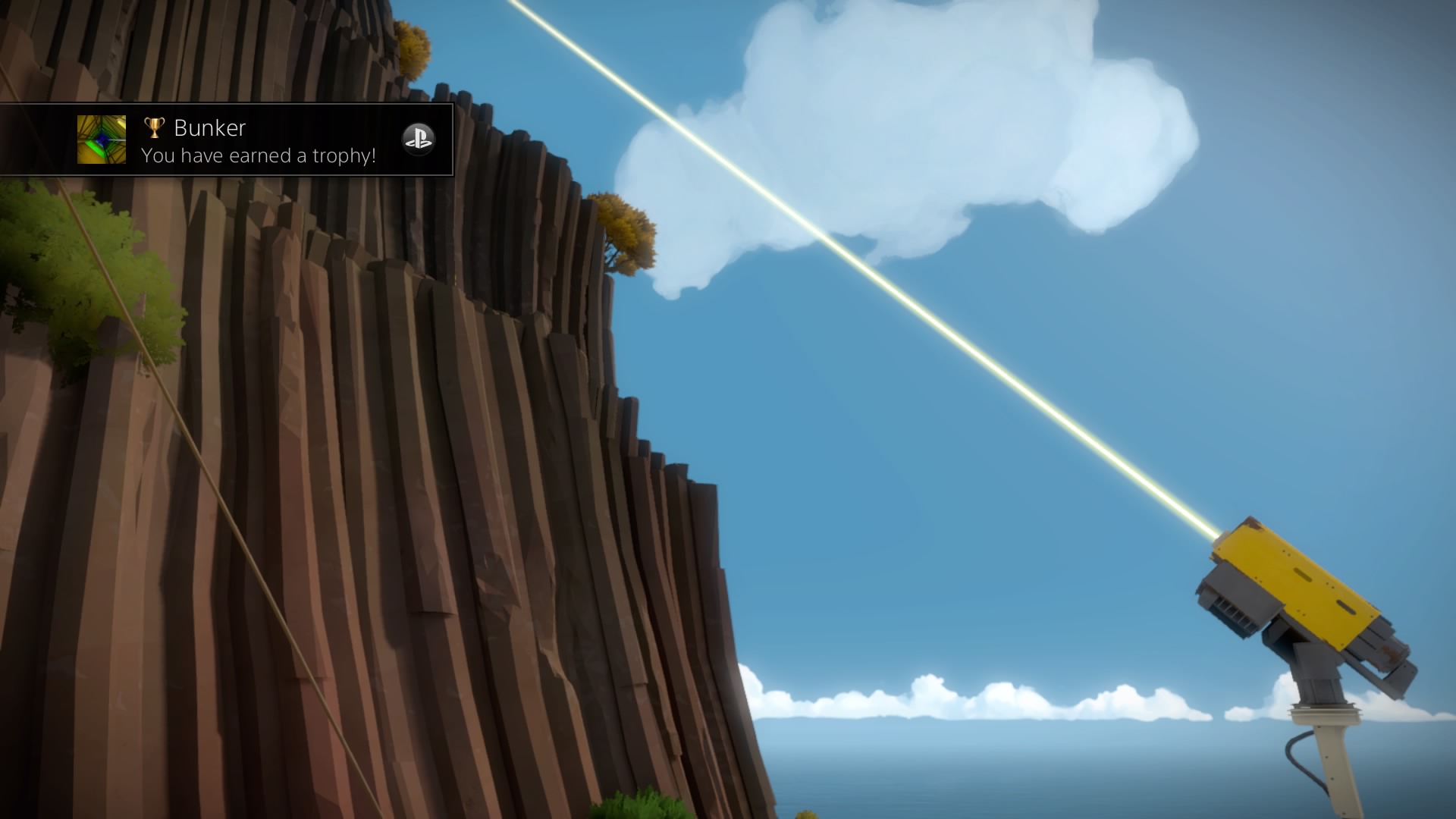
-
The Witness

-
The Witness
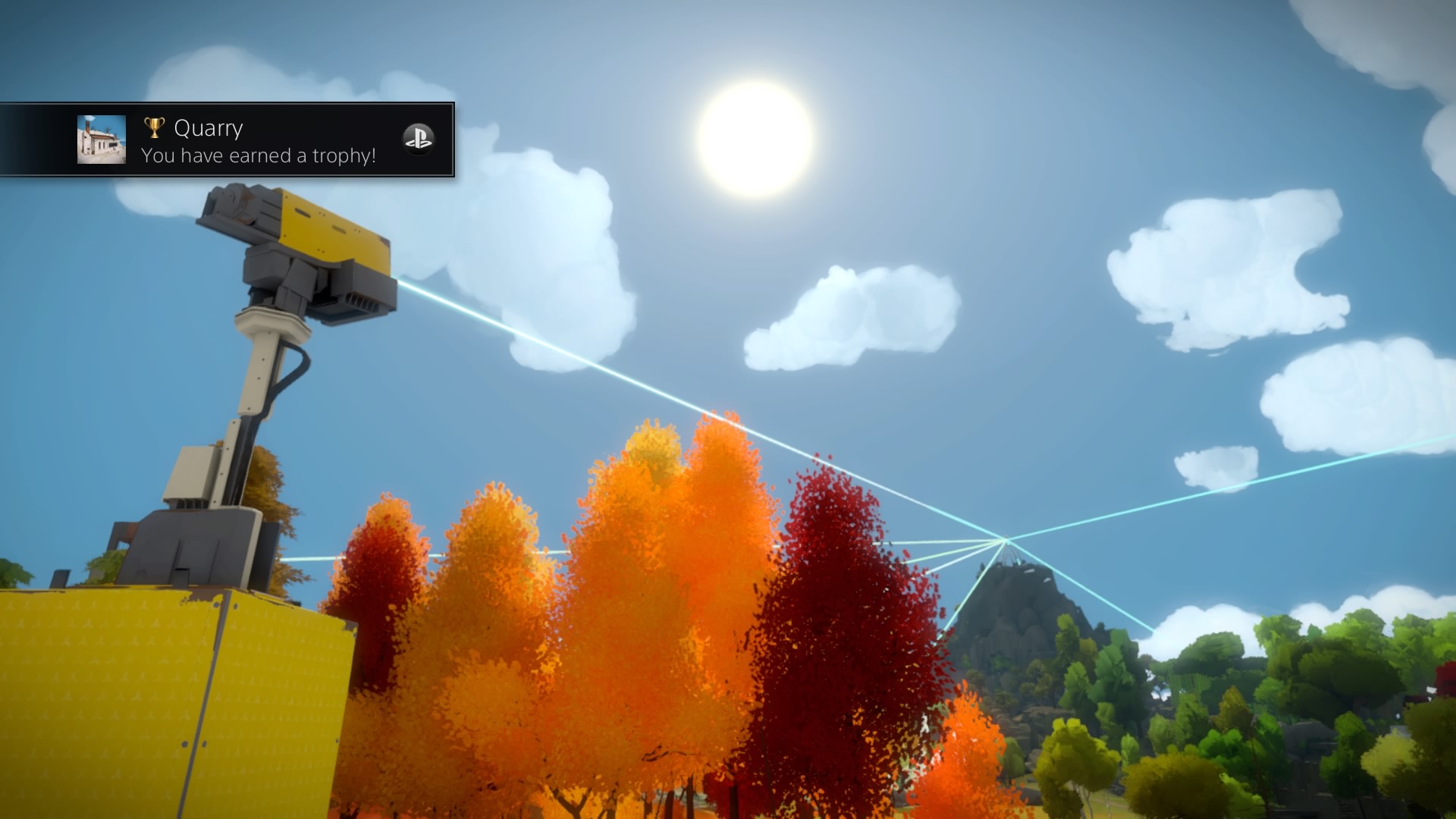
-
The Witness

-
The Witness
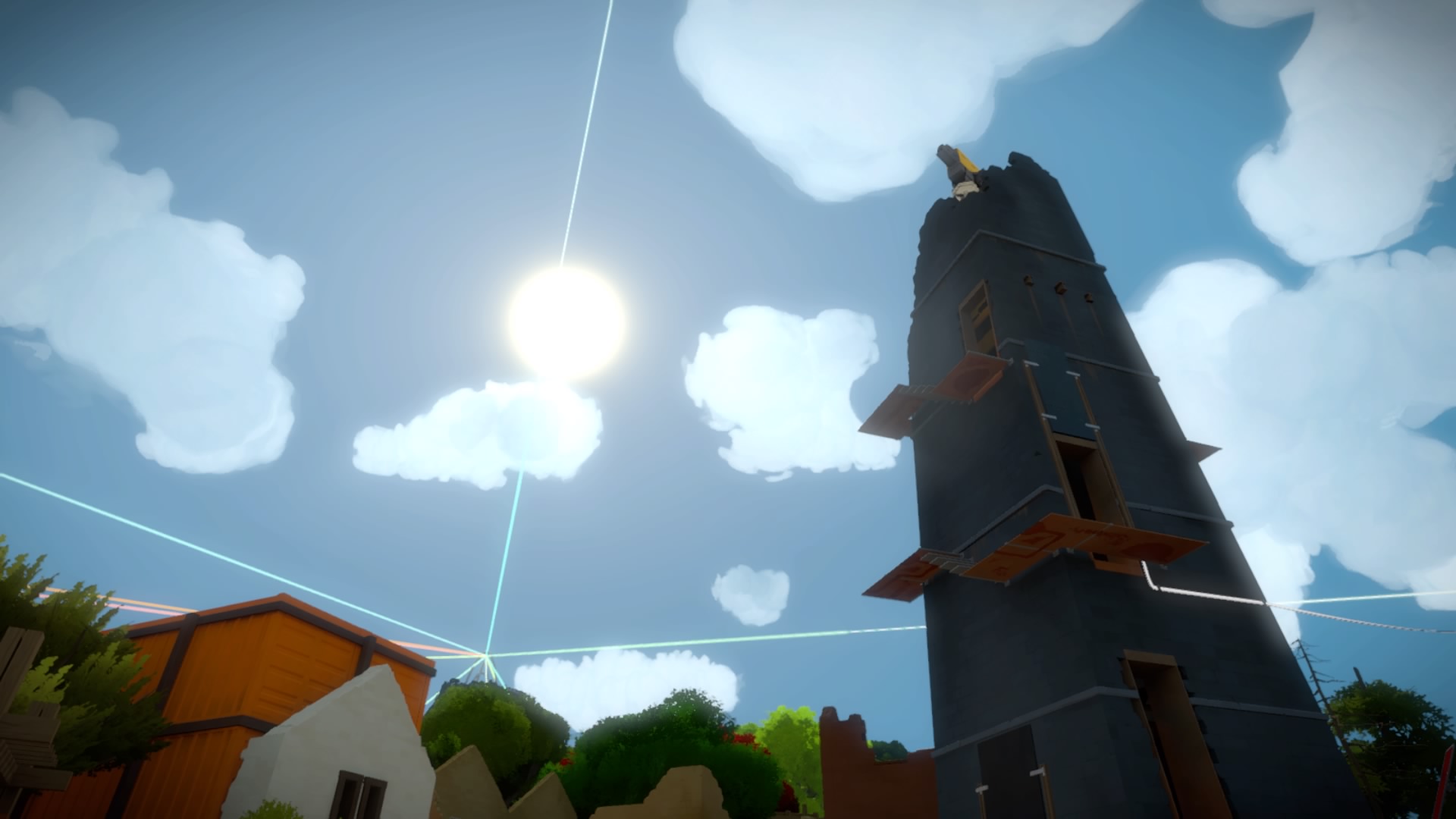
-
The Witness
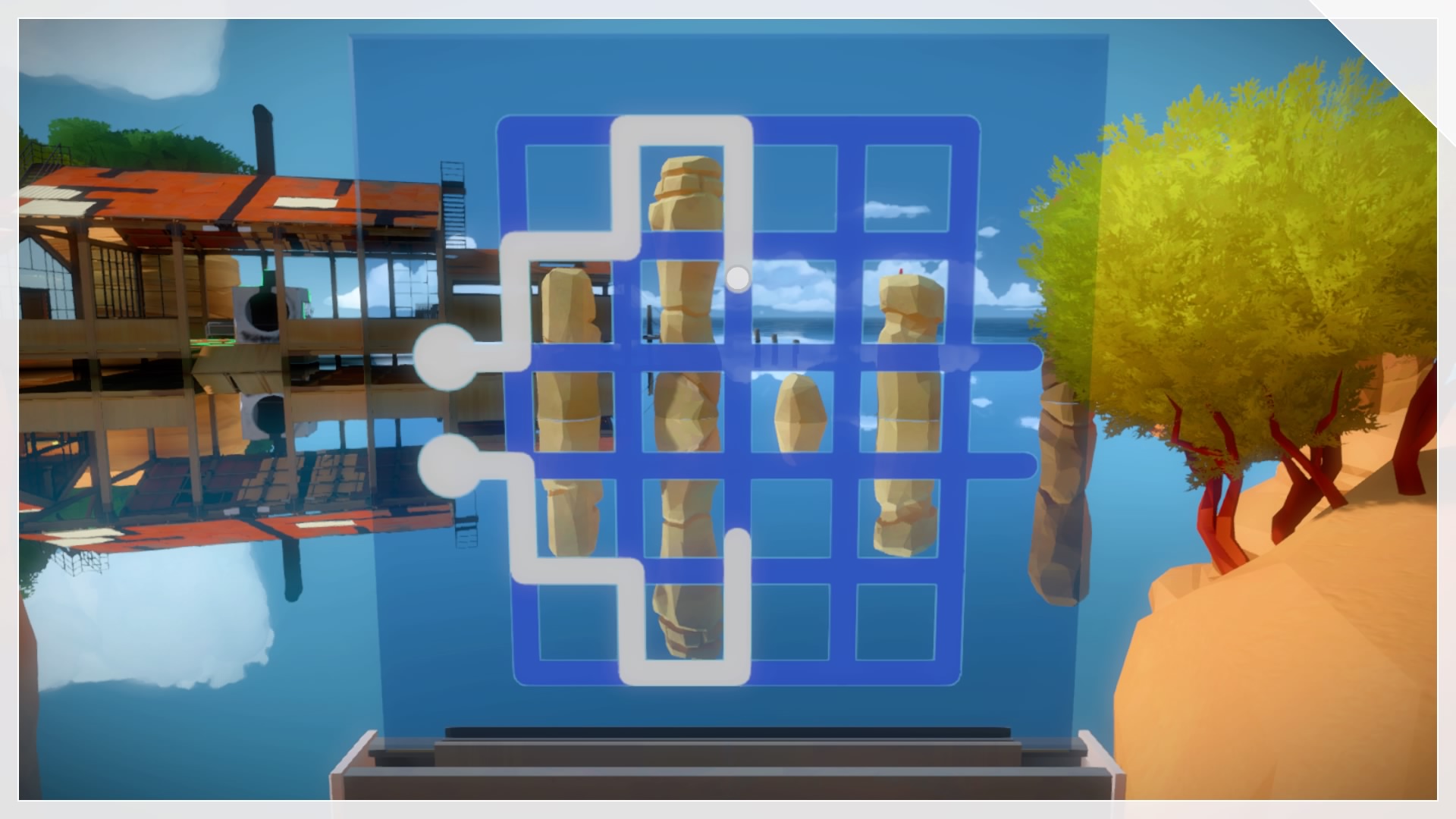
-
The Witness
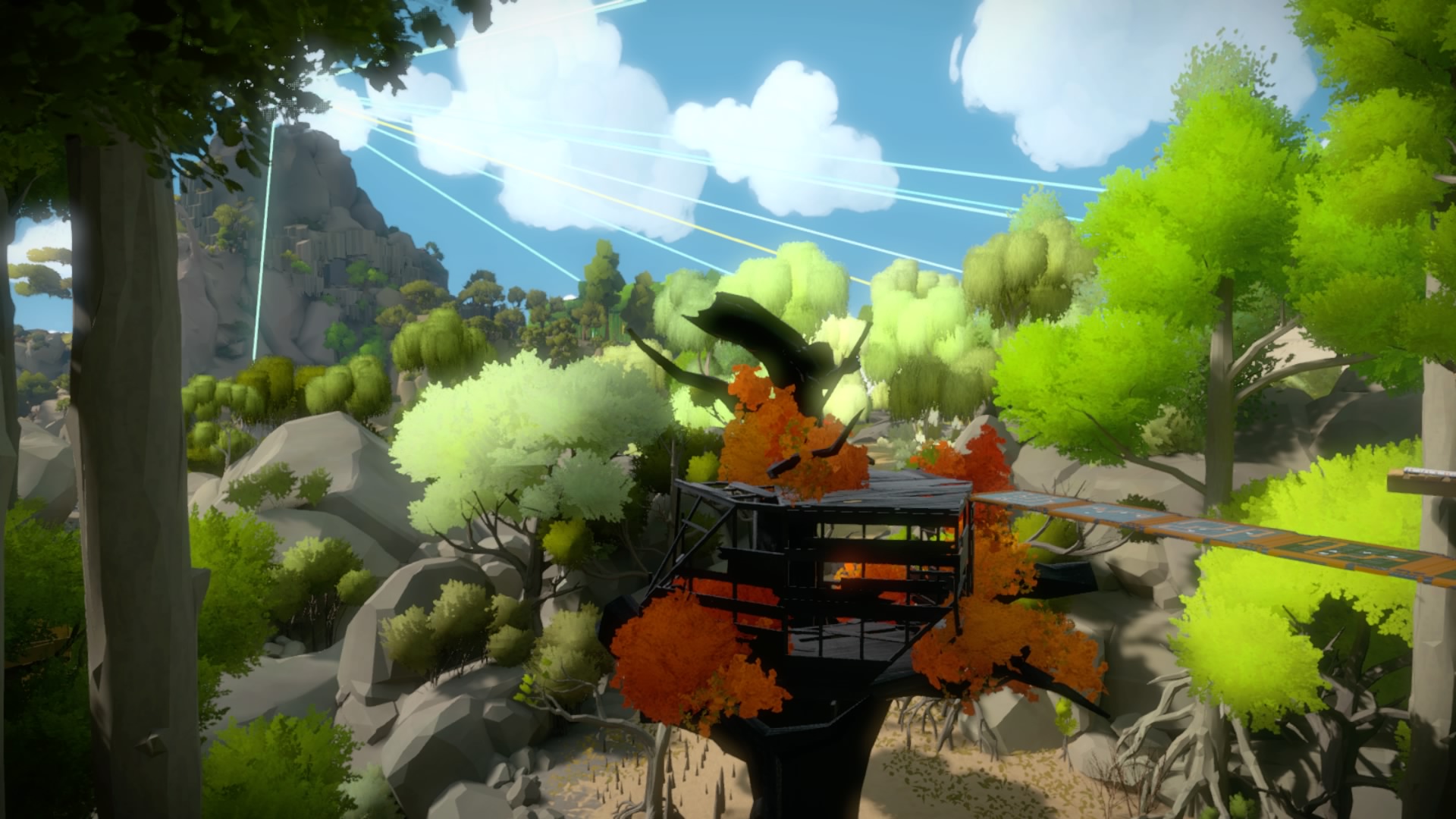
-
The Witness
